
Then and now: vintage photos of Latin America's most beloved landmarks | Travel News
Stretching from Mexico to Argentina and extending into parts of the Caribbean, Latin America boasts a history as vivid and varied as its culture and landscapes. Here, traces of pre-Columbian civilizations coexist with remnants of European colonization, while architectural wonders and artistic achievements vie for attention alongside natural spectacles like volcanoes, rainforests, lakes, and waterfalls. Yet, how have these extraordinary places and their iconic landmarks evolved over time?
Pyramid of the Sun, Teotihuacan, Mexico
Then: Recognized as one of the first major cities in the Western Hemisphere, Teotihuacan reached its zenith in the middle of the 1st millennium AD. Built by successive Mesoamerican civilizations, it is renowned for its Pyramid of the Sun and Pyramid of the Moon, connected by the Avenue of the Dead. In 1883, before excavation, the Pyramid of the Sun loomed as a mysterious, unexcavated monument.
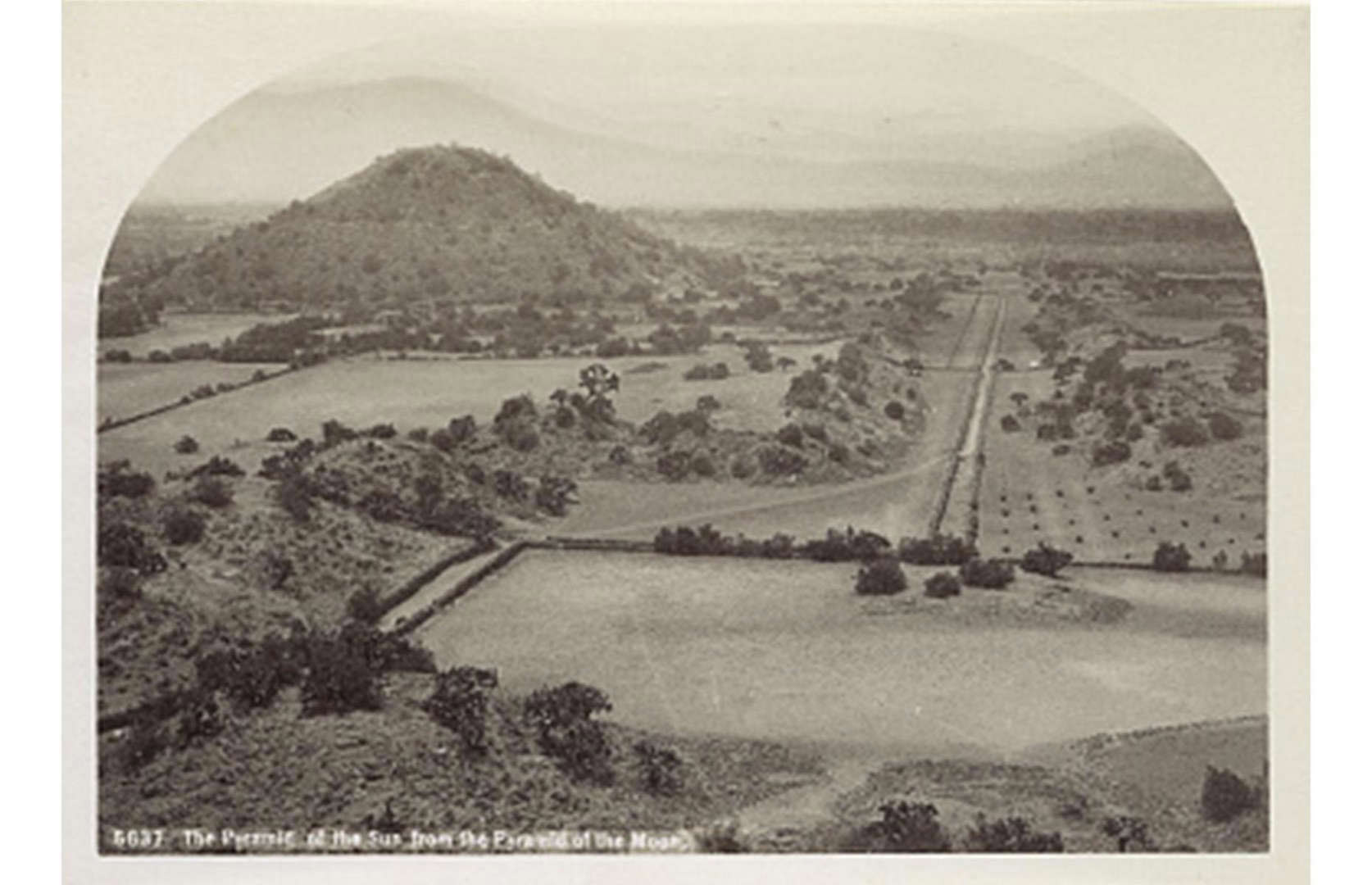
Now: The purpose of the Pyramid of the Sun remains uncertain, but its scale is undeniable—it rises 216 feet (66m) and measures roughly 720 by 760 feet (220 by 230m) at its base, making it the world's third-largest pyramid. Excavations have uncovered pottery, obsidian, human figurines, and masks, as well as a deity figure believed to represent Huehueteotl.
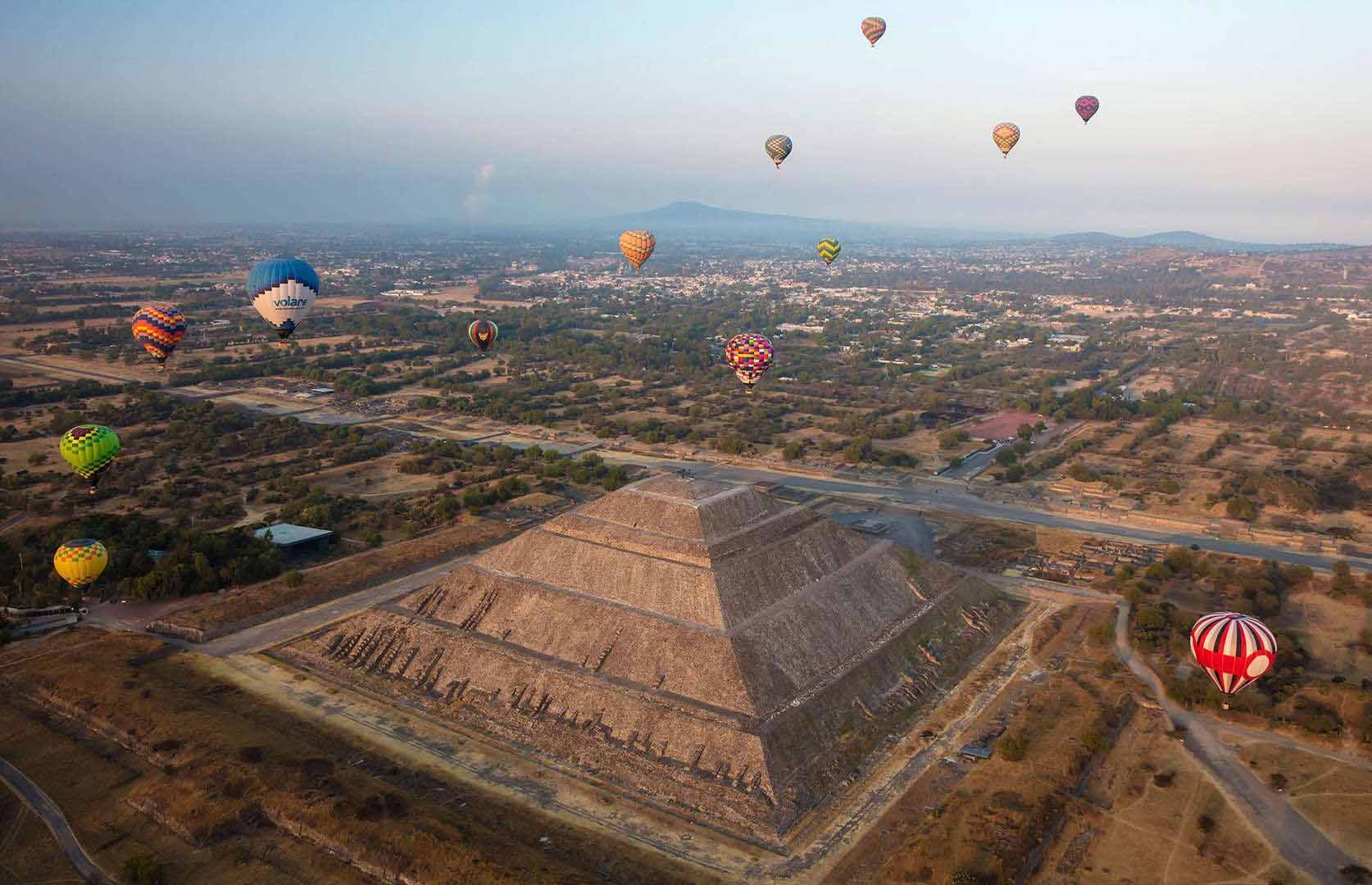
Machu Picchu, near Cusco, Peru
Then: Established as a royal estate during the height of the Inca Empire, Machu Picchu was abandoned during the 16th-century Spanish conquest. This 1920 postcard depicts its ruins, famously "discovered" by explorer Hiram Bingham in 1911. The site stands as a testament to Incan architectural and agricultural ingenuity.
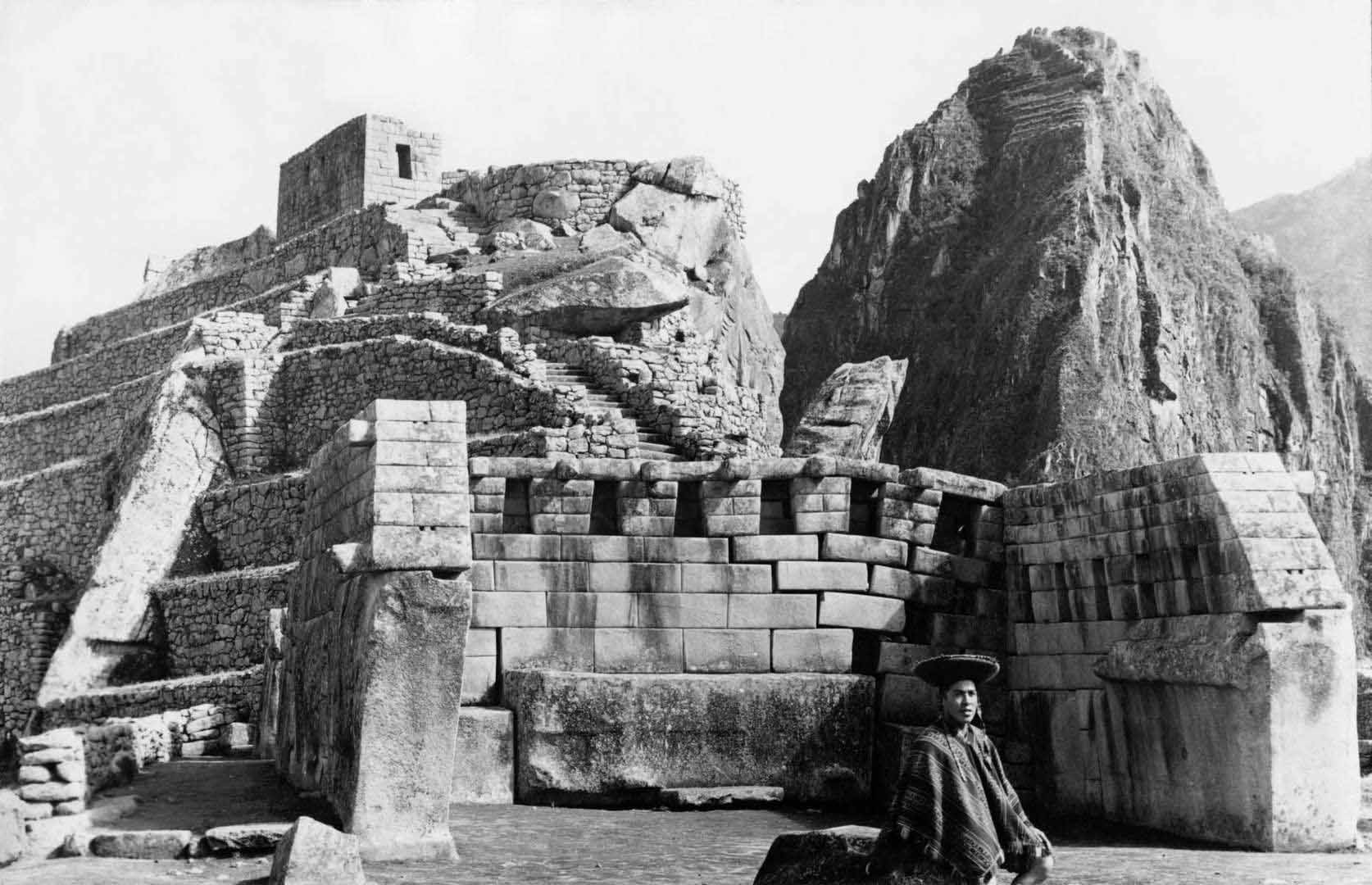
Now: A UNESCO World Heritage Site since 1983 and one of the New Seven Wonders of the World, Machu Picchu welcomes nearly one million visitors annually. To protect the site, daily visitors are capped at 4,500, with advanced booking recommended due to its immense popularity.
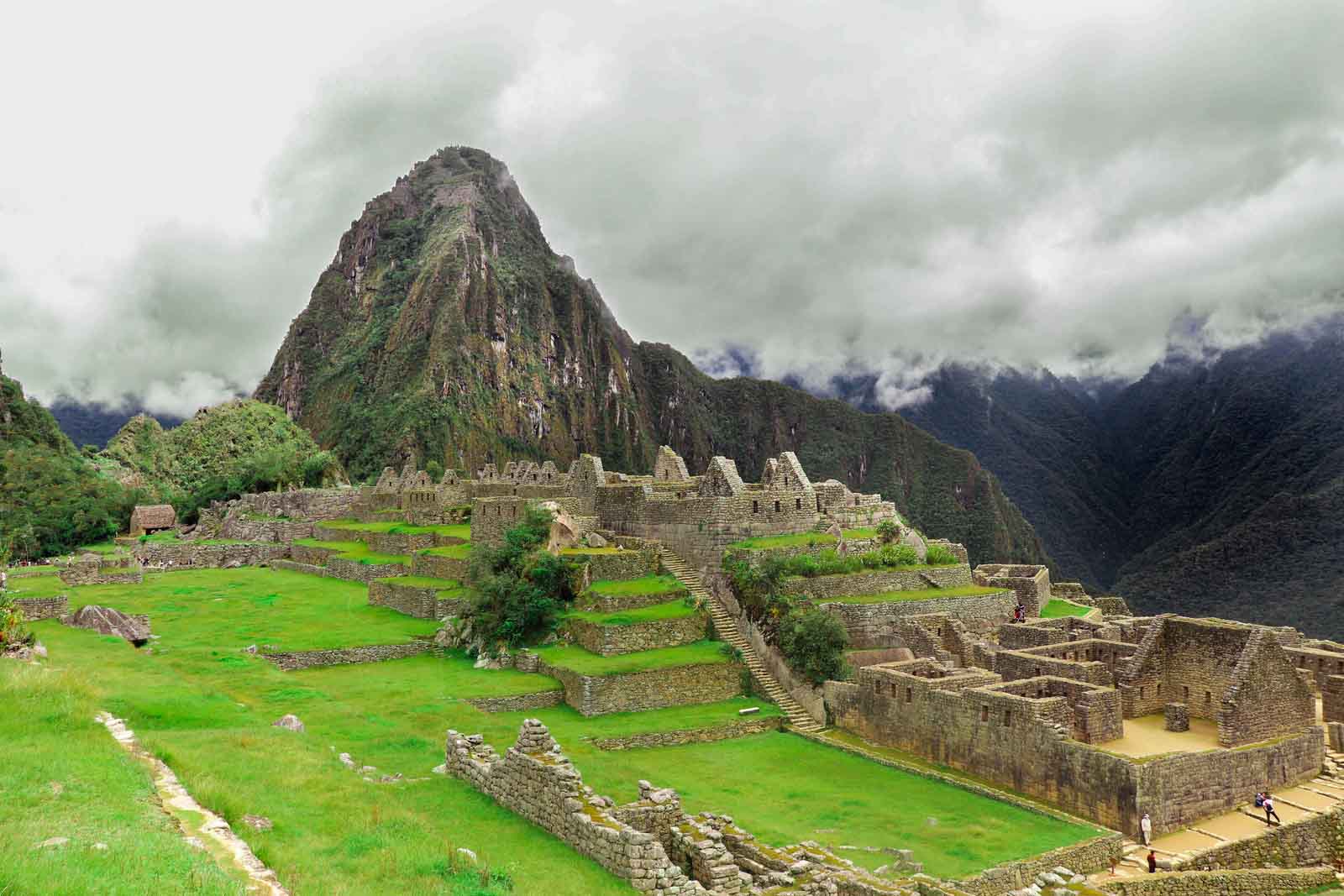
Moai Statues, Easter Island, Chile
Then: Easter Island (Rapa Nui) became home to nearly 1,000 moai statues carved by Polynesian settlers around 900 years ago, believed to represent ancestors. This 1914 photo shows the Mana Expedition conducting the island’s first archaeological survey at the Rano Raraku quarry, where most statues were made.
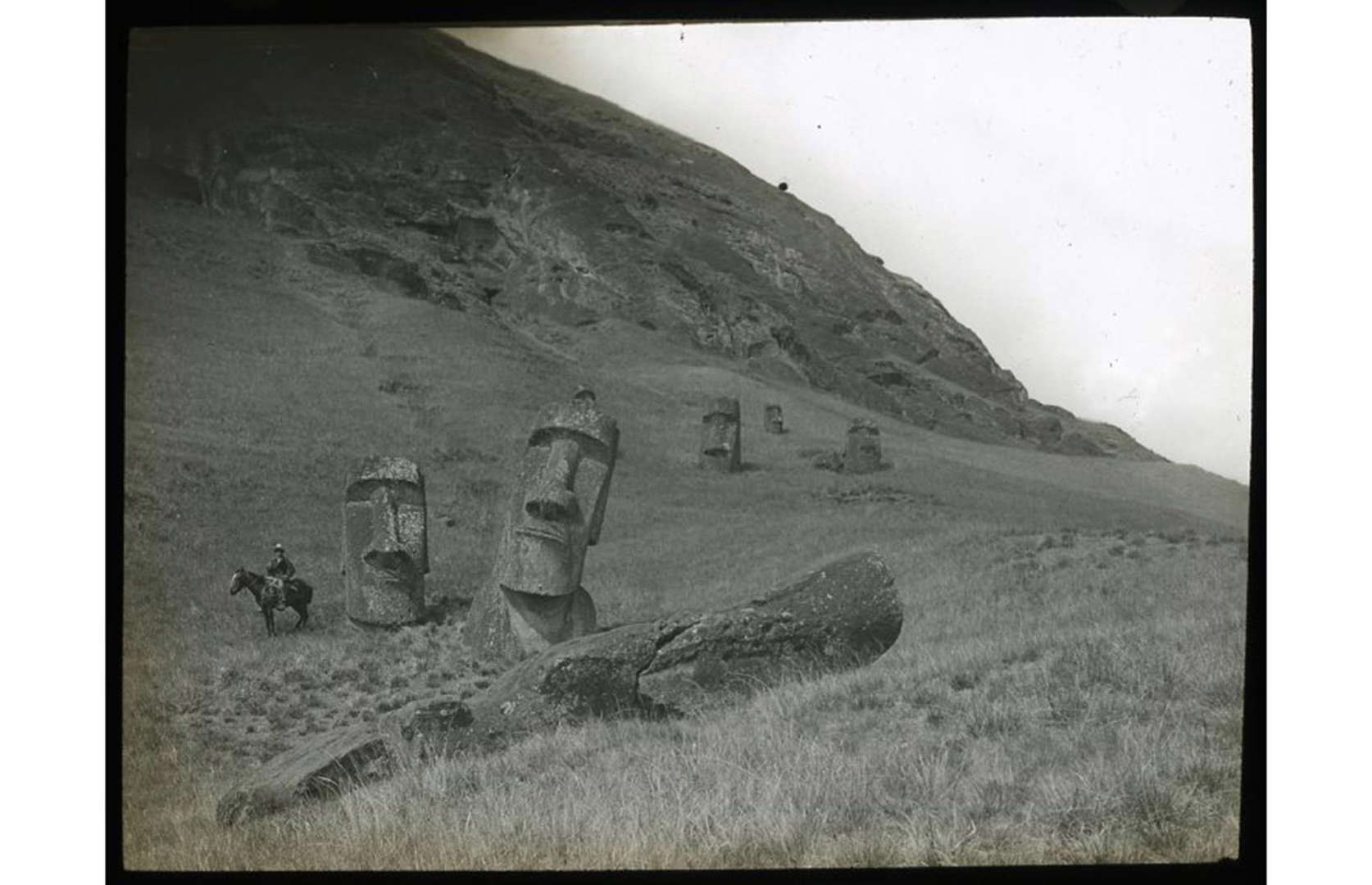
Now: The moai continue to fascinate with their average height of 13 feet (4m) and some reaching up to 40 feet (12m). However, threats such as rising sea levels and a devastating 2022 fire that damaged hundreds of statues highlight the challenges facing their preservation.
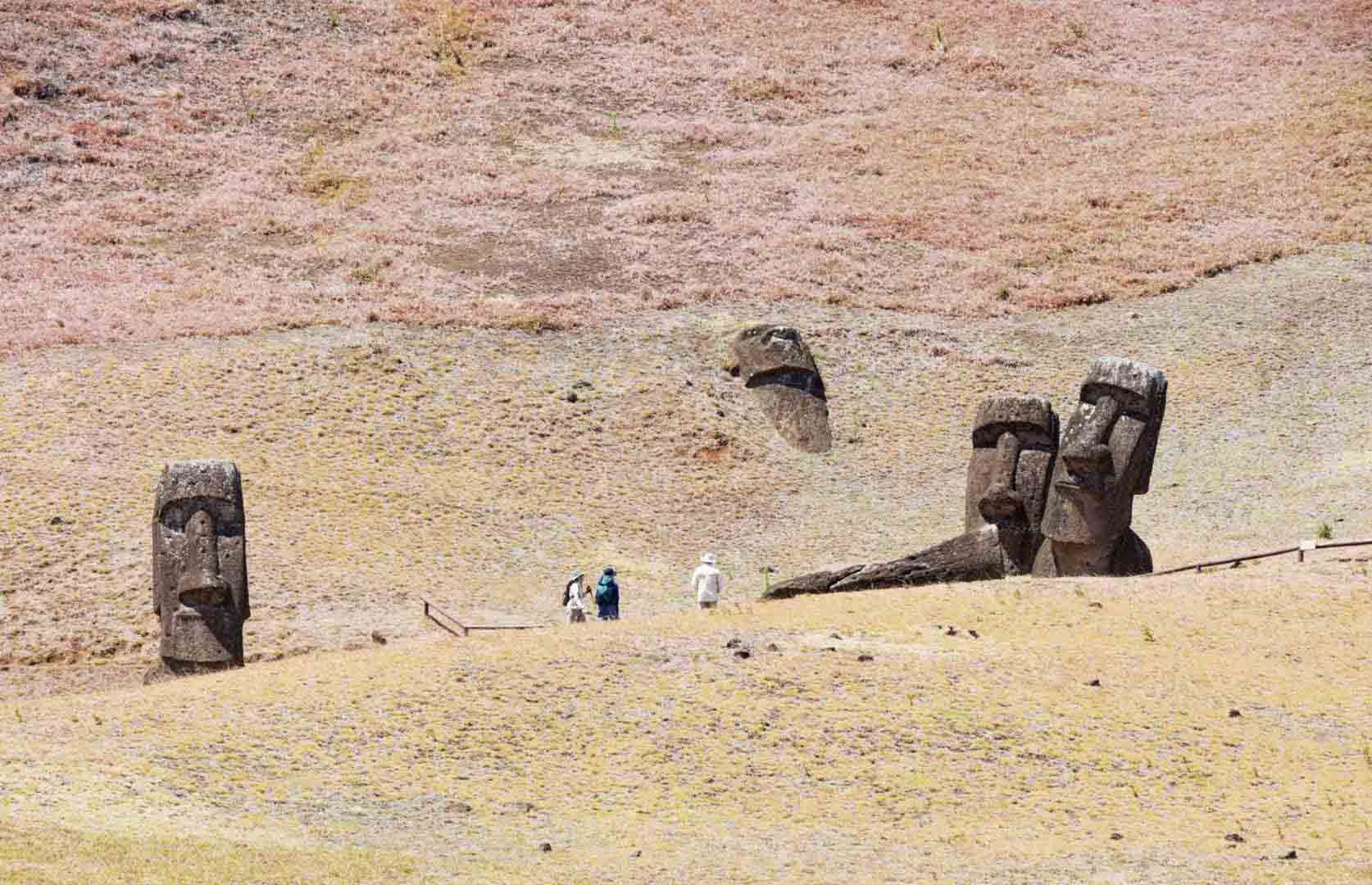
Teatro Colon, Buenos Aires, Argentina
Then: Completed in 1908 after two decades of construction, this opera house opened with Verdi's Aida. Renowned for its opulent marble interiors sourced from Italy and Portugal, it faced delays due to financial difficulties and the deaths of two architects.

Now: Teatro Colon remains a cultural icon known for its acoustics and grand architecture. After extensive renovations, it reopened in 2010, hosting classical music legends and offering guided tours showcasing its rich history.
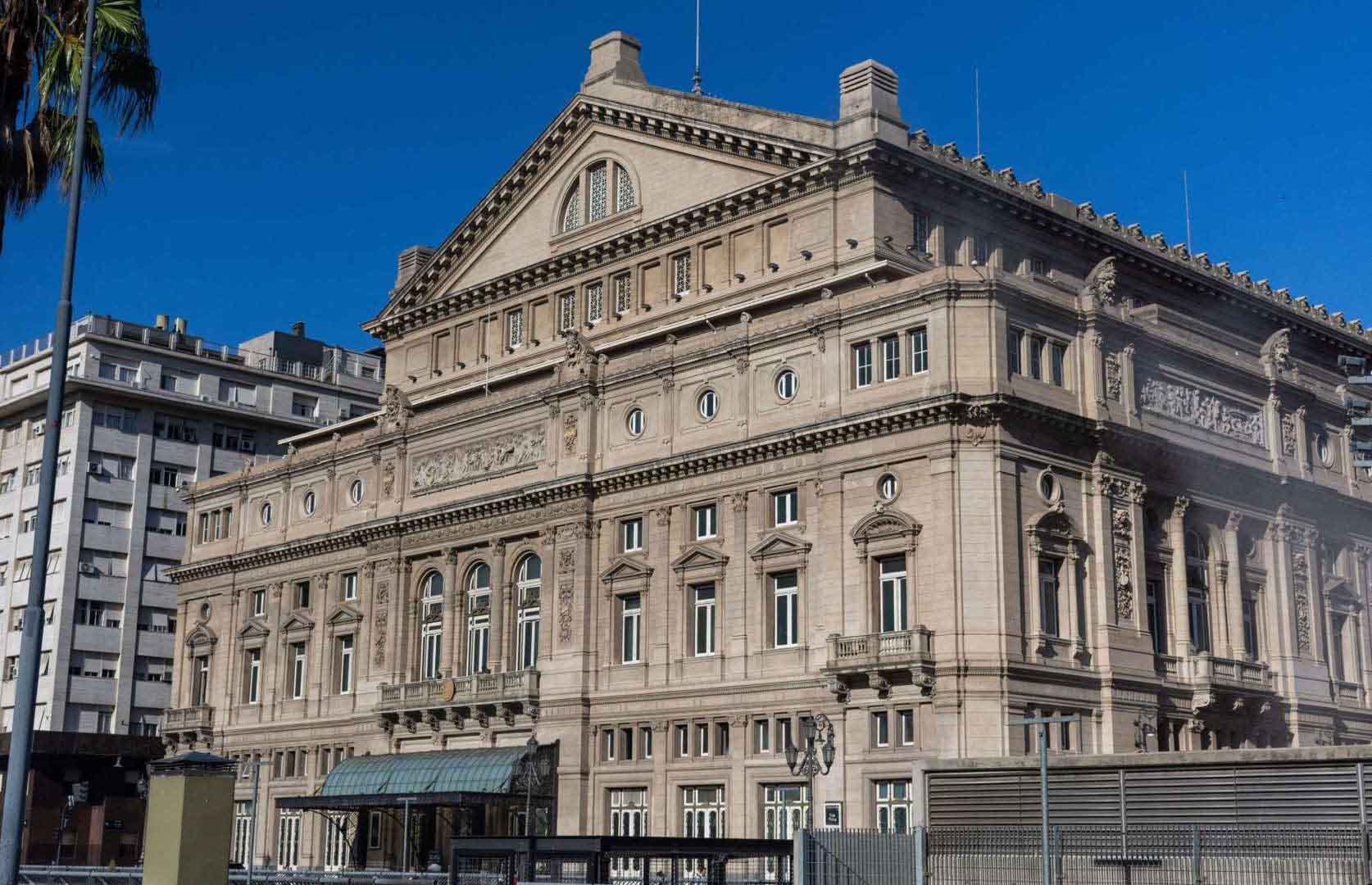
Monserrate Cableway, Bogota, Colombia
Then: Opened in 1955, the cableway connects downtown Bogota to Monserrate Hill, considered sacred by Indigenous peoples and crowned with a Christian shrine. The 1950s-era cabins provided breathtaking views of the cityscape.

Now: Modernized cabins now glide over a vastly expanded Bogota skyline. While the route has remained unchanged, visitors can also hike or use the funicular railway to reach the summit.
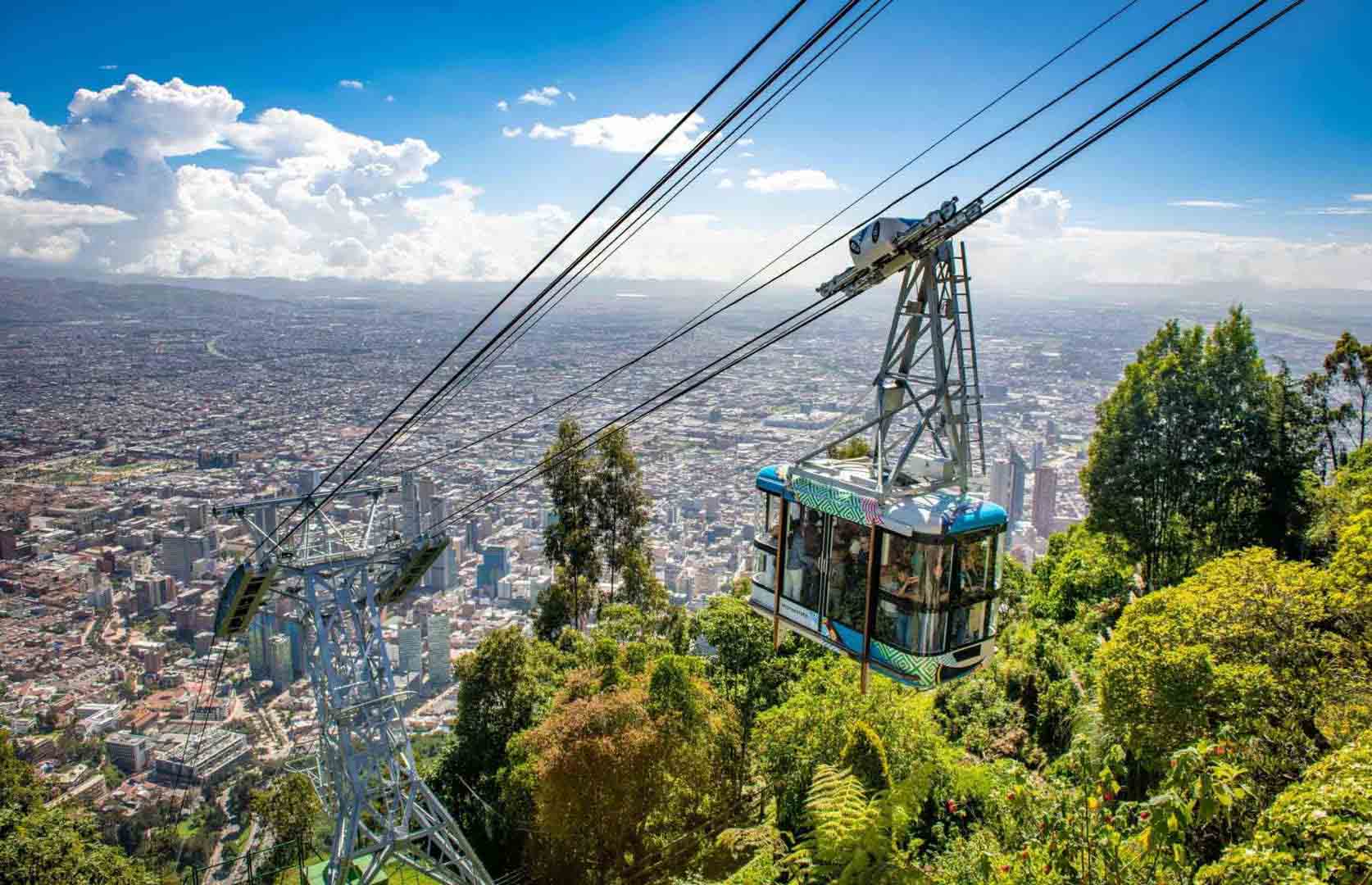
Panama Canal, Panama
Then: Construction of this engineering marvel began in 1880 under French supervision but faced delays until the U.S. took over in 1903. This 1904 image depicts the excavation of the Culebra Cut, a critical but perilous section.
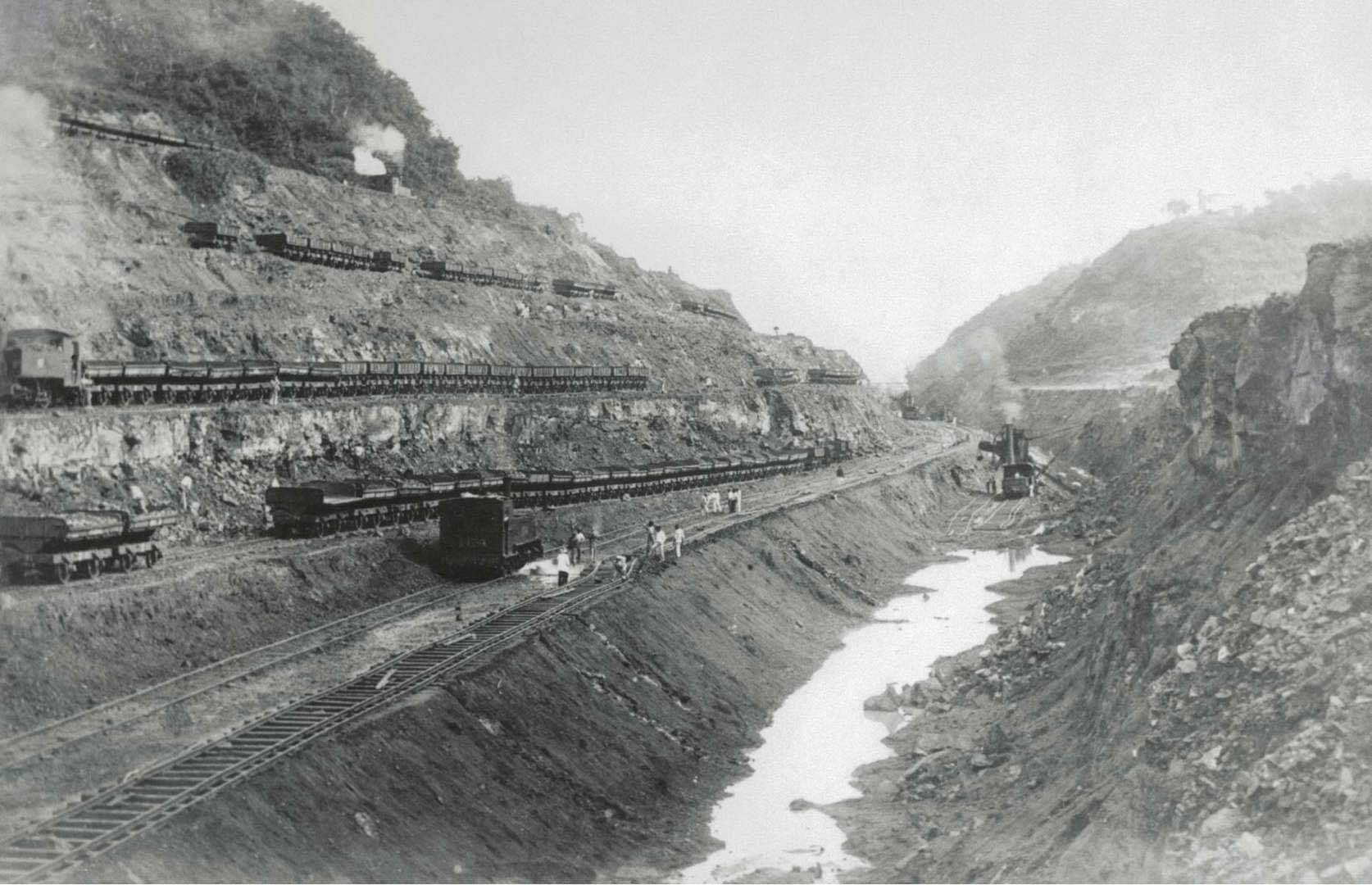
Now: Operational since 1914, the Panama Canal has seen over a million vessels traverse its locks. However, climate change and low water levels in its freshwater reservoir pose ongoing challenges to its future.
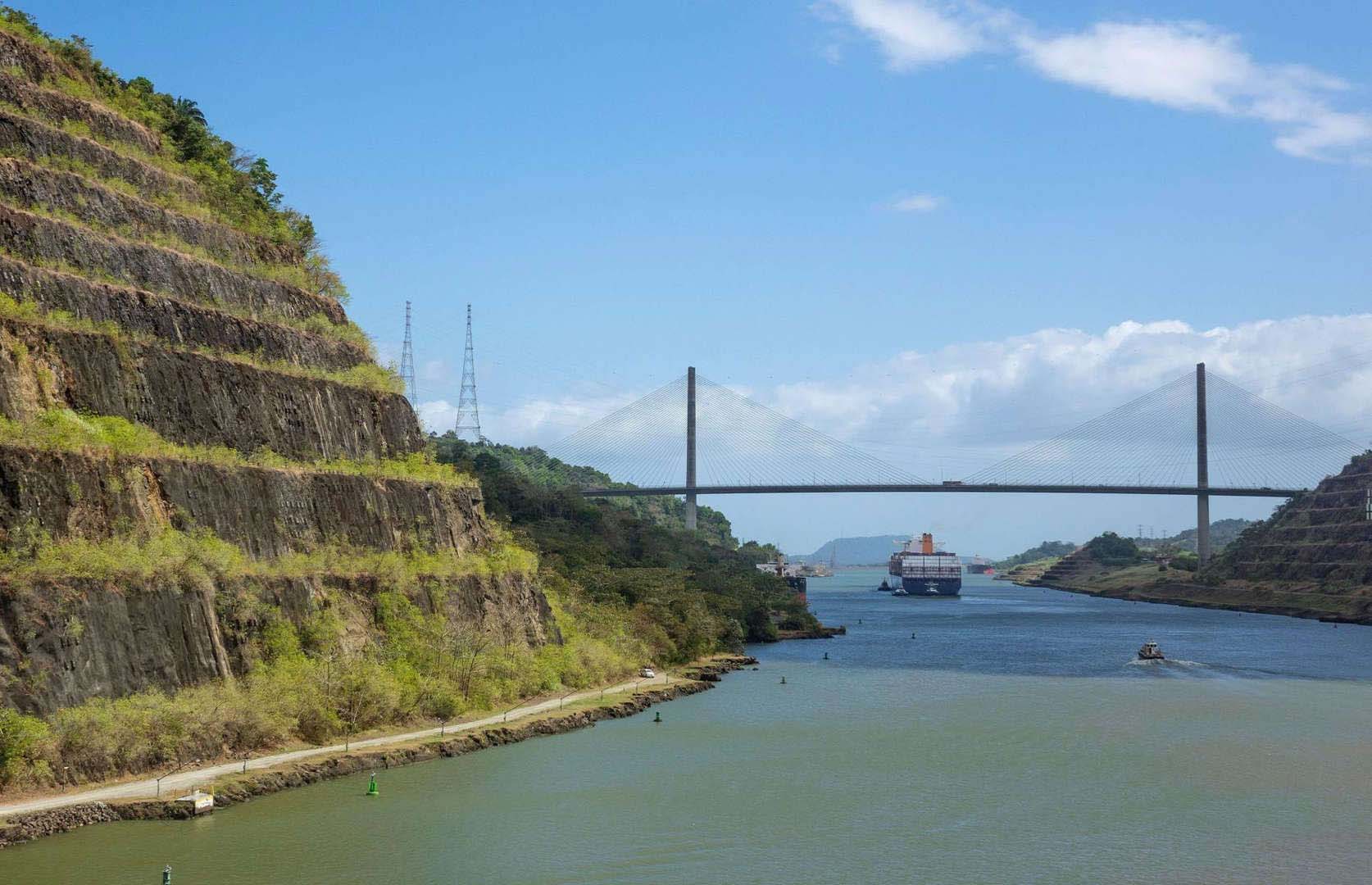
Tikal, Guatemala
Then: Once a thriving Maya city from the 6th century BC to the 10th century AD, Tikal was abandoned due to agricultural collapse. In an 1882 image, the ruins are obscured by dense jungle.
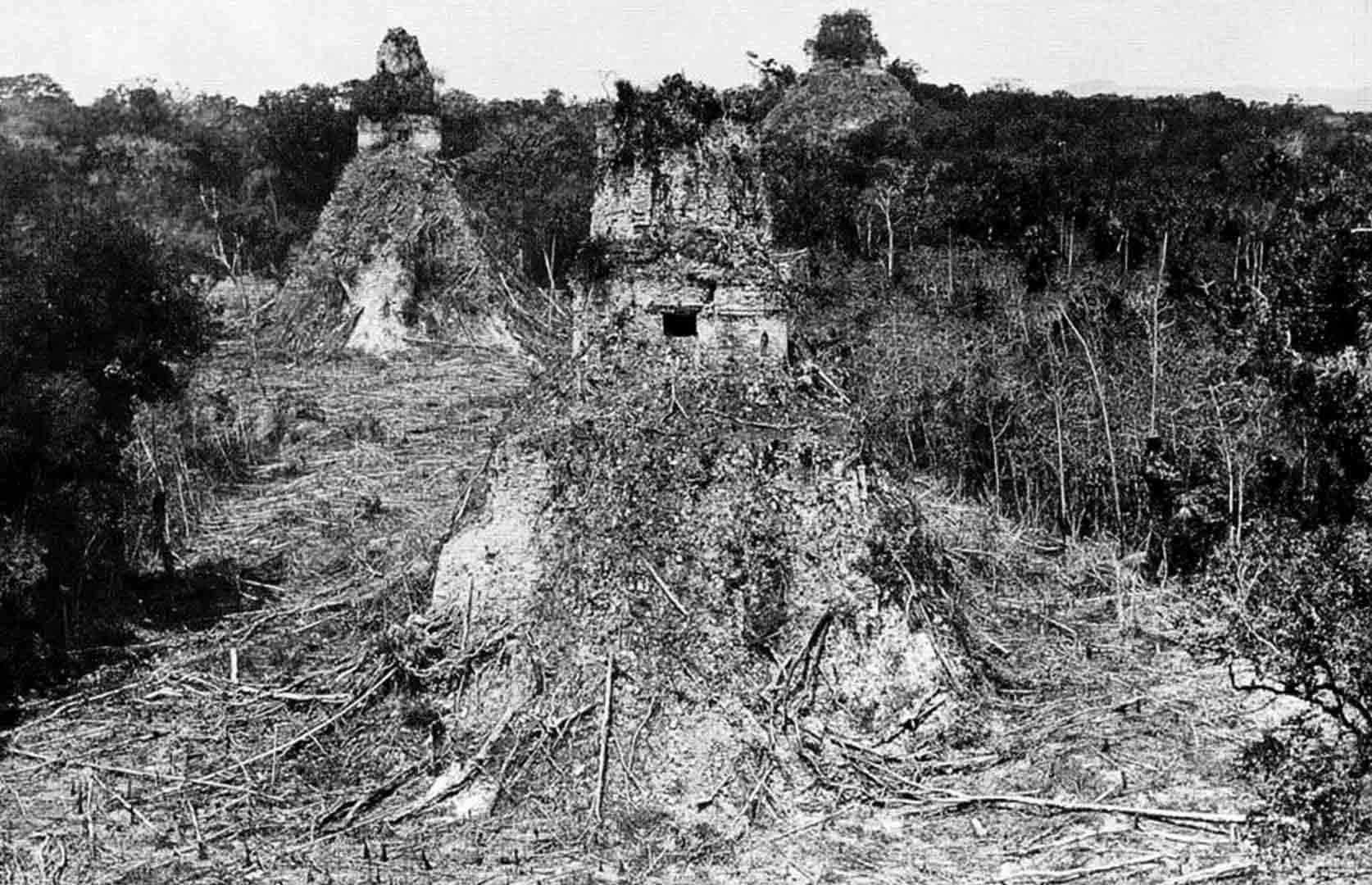
Now: Tikal’s preserved structures date back as far as the 4th century BC, offering insights into ancient Maya life. Now part of a UNESCO-listed national park, it is one of Central America’s most captivating archaeological sites.
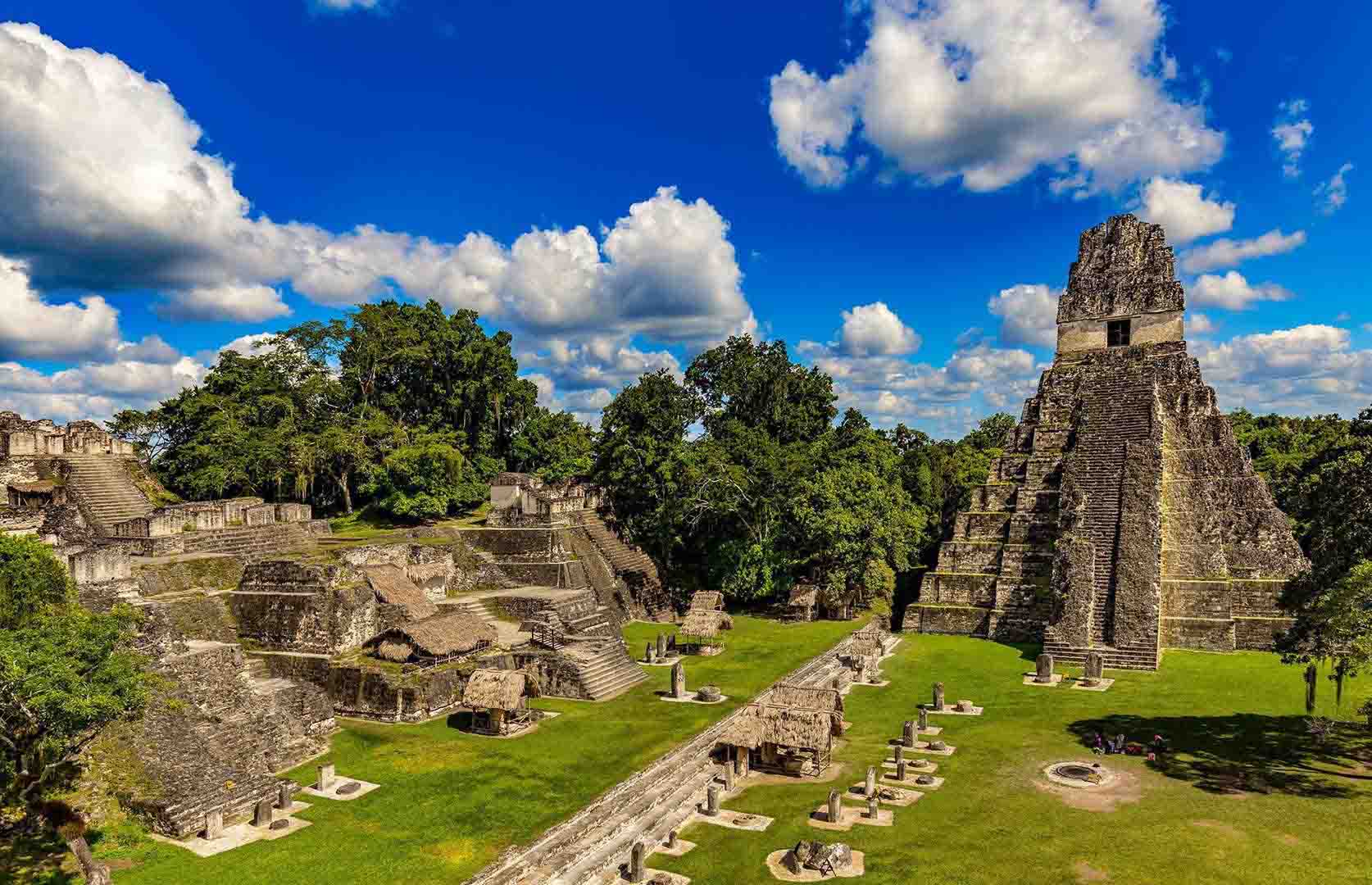
Havana Cathedral, Havana, Cuba
Then: Completed in 1787, Havana Cathedral’s asymmetrical design and Baroque façade were captured in a 1930s photograph. Initially built by Jesuits, the church became a cathedral after their expulsion from Cuba.
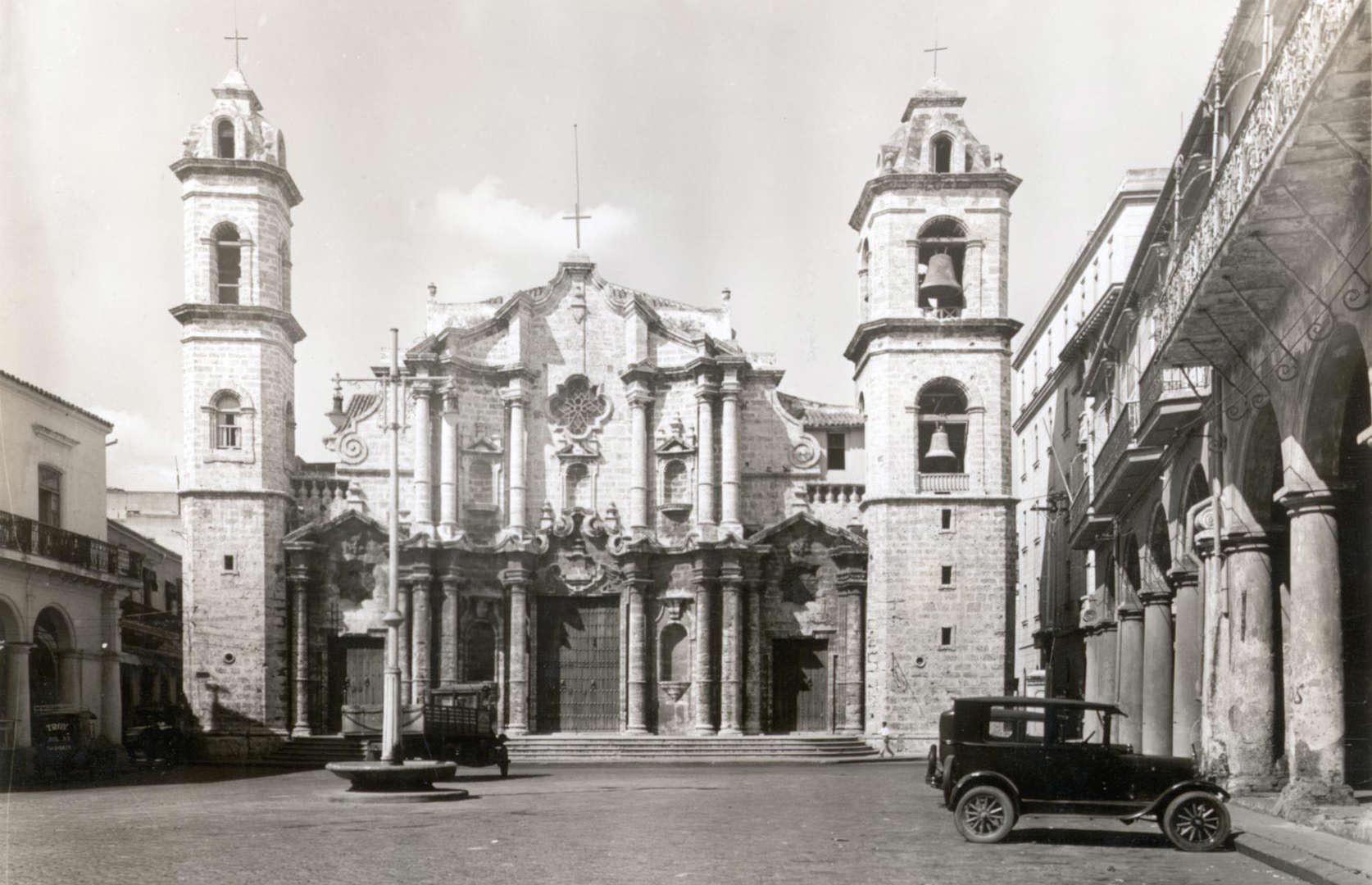
Now: A UNESCO World Heritage Site since 1982, the cathedral stands as a cultural and architectural marvel in Old Havana, showcasing its coral rock façade and Neoclassical interior.
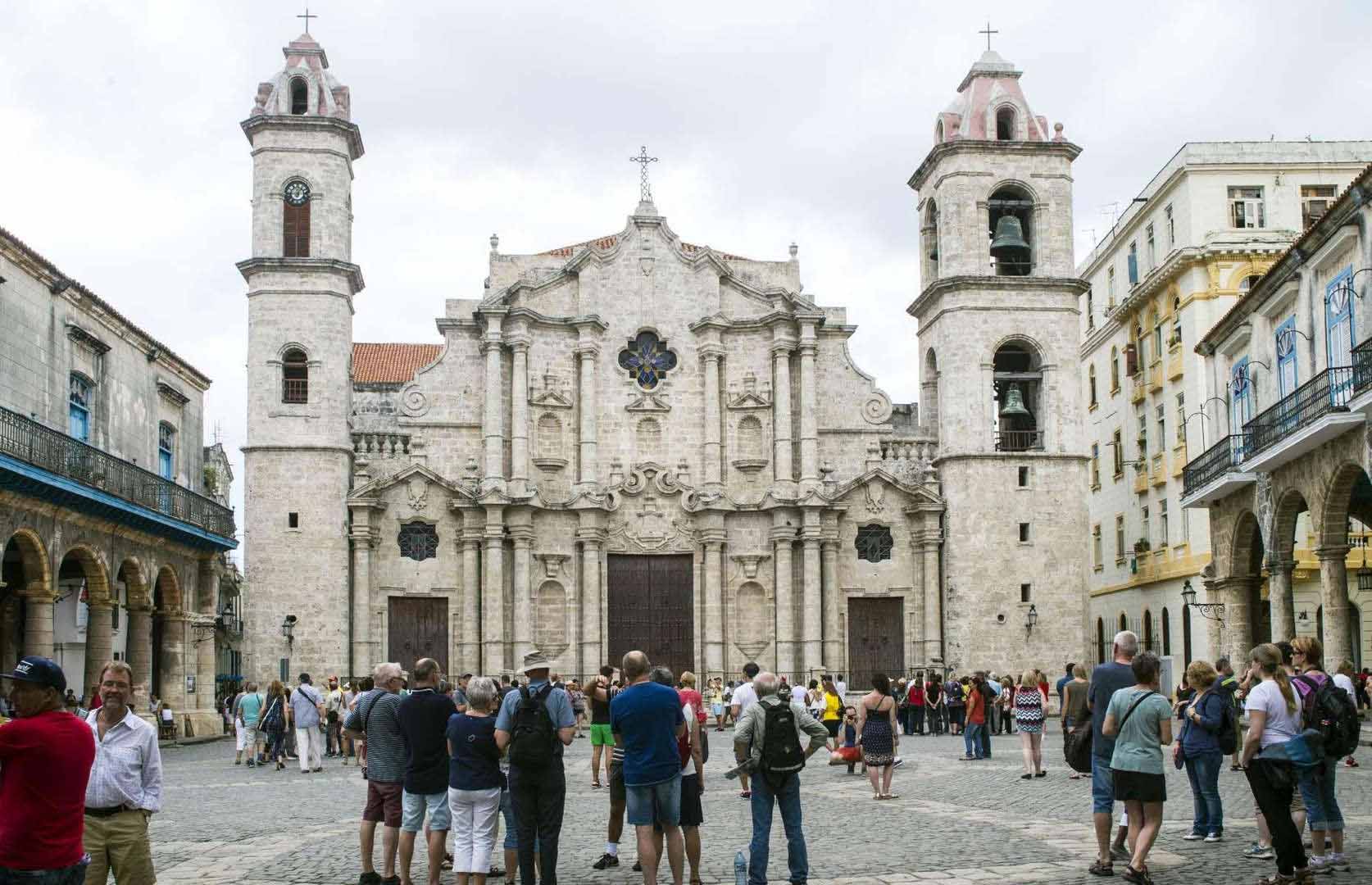
Iguazu Falls, Argentina and Brazil
Then: In the 1960s, Iguazu Falls—consisting of 275 waterfalls stretching 1.7 miles (2.7km)—captivated visitors with its breathtaking beauty, protected on both sides by national parks established in the 1930s.
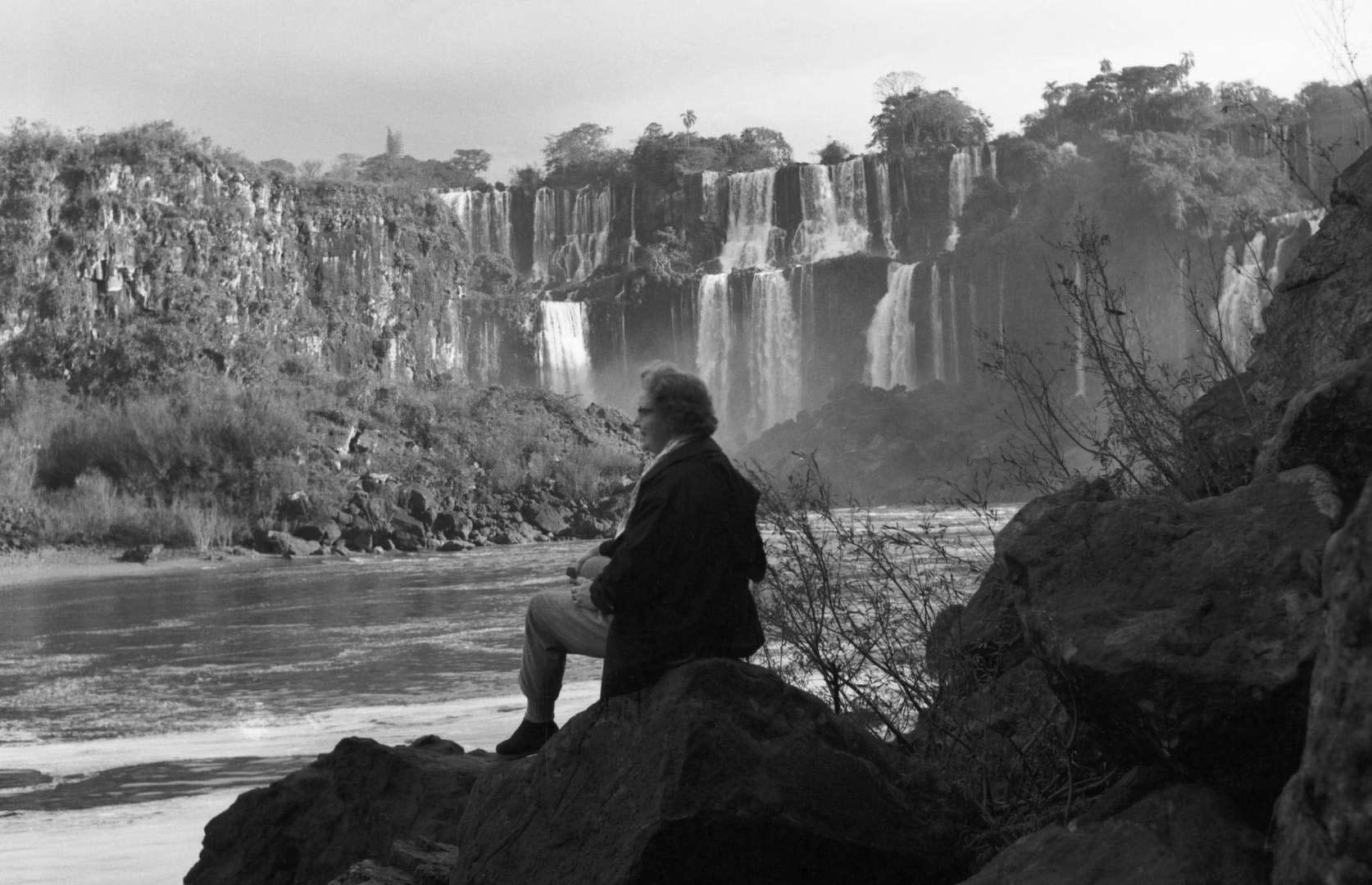
Now: Recognized as a UNESCO World Heritage Site and one of the New Seven Wonders of Nature, Iguazu Falls attracts over a million annual visitors, particularly during the wet season from November to March.
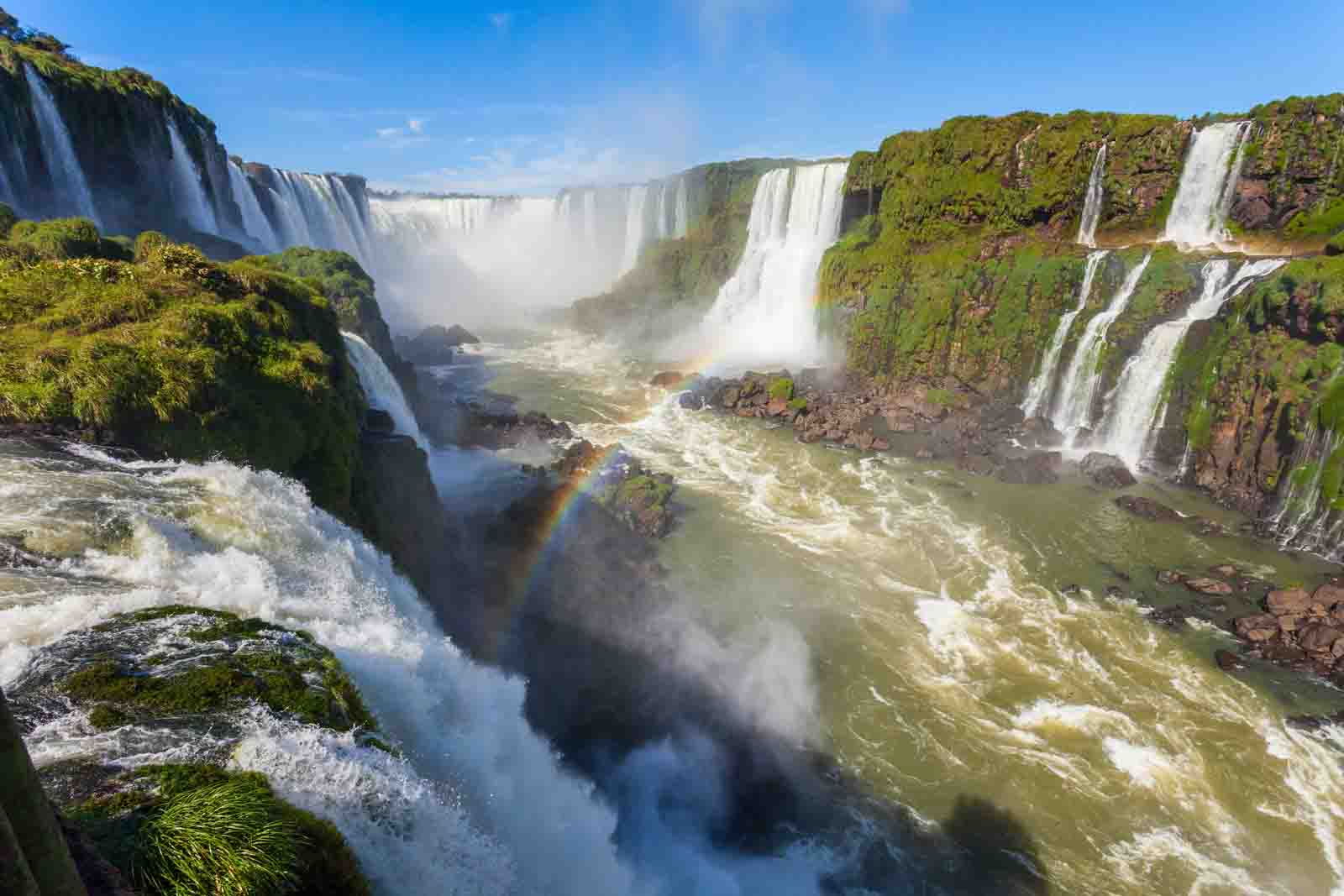
Copan, Honduras
Then: A prominent Maya city from AD 400 to 900, Copan is distinguished by its sculptures and Hieroglyphic Stairway. A 1952 photo shows tourists marveling at its ruins, already explored by 19th-century archaeologists.
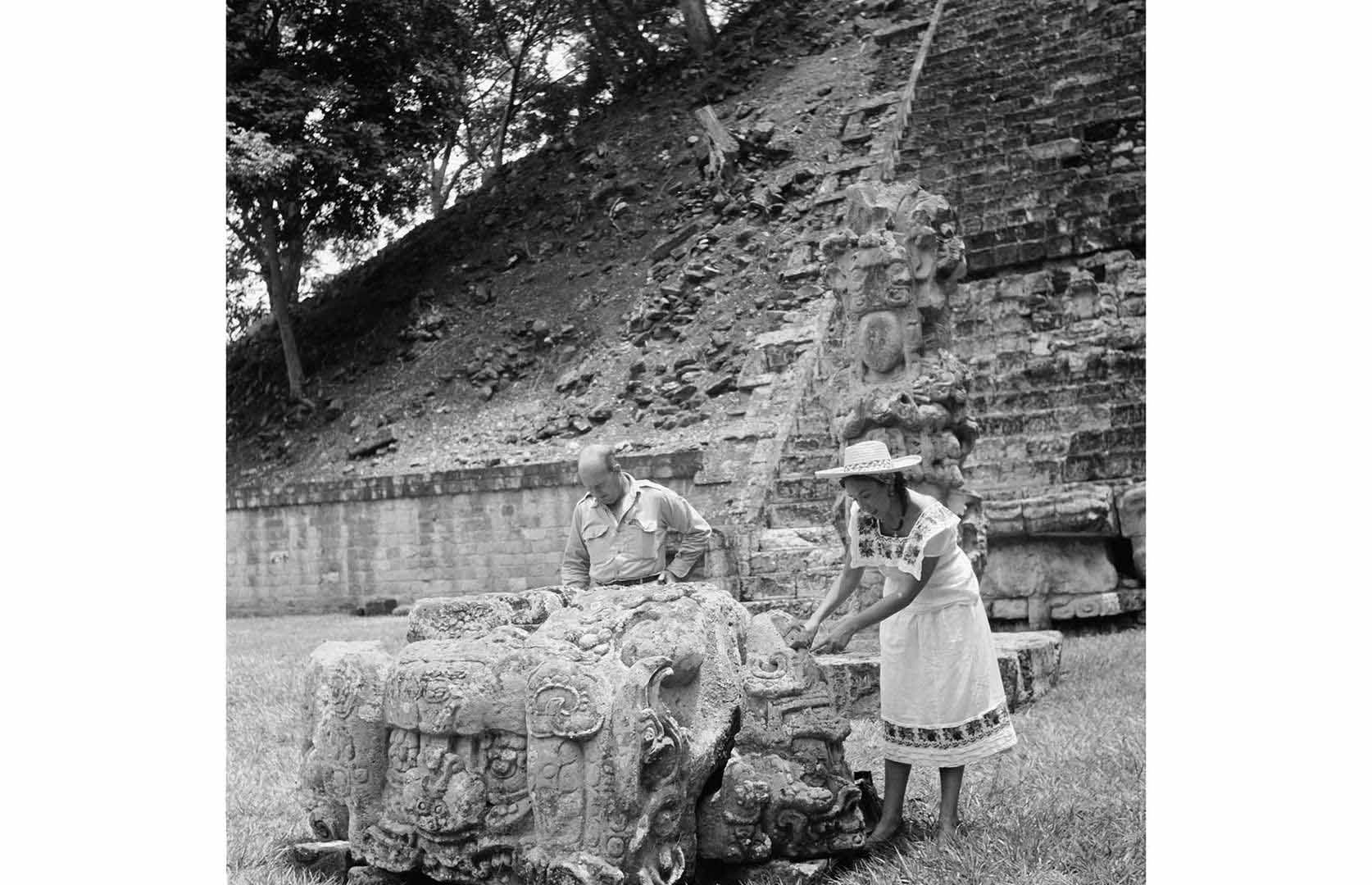
Now: While fewer visitors come due to Honduras' high crime rates, Copan remains a UNESCO World Heritage Site with an on-site museum that preserves its historical treasures.
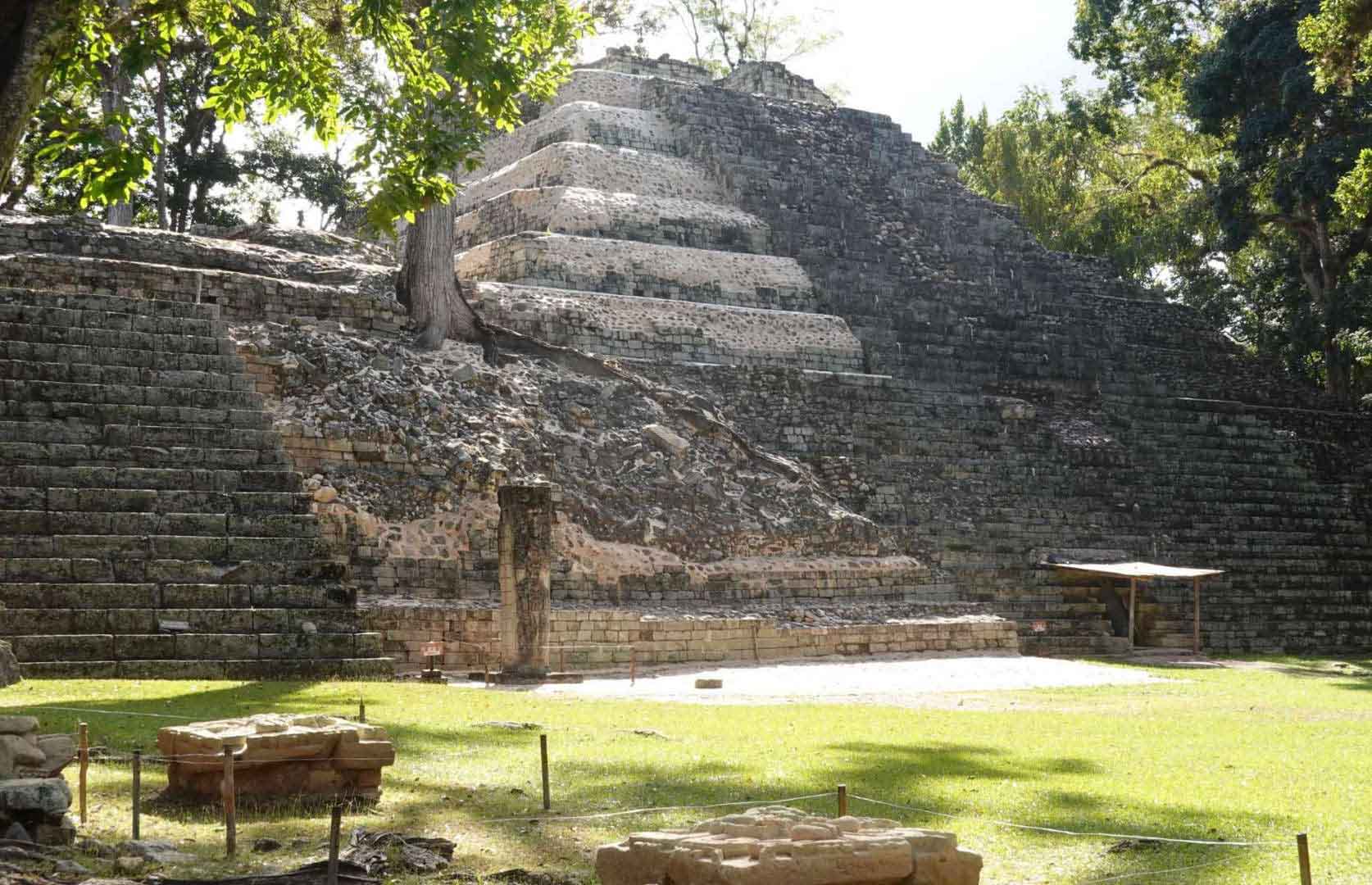
Palacio de Gobierno, Asuncion, Paraguay
Then: Built between 1857 and 1867, Asuncion’s Palacio de Gobierno suffered delays due to the War of the Triple Alliance. Pictured in 1911, it became a symbol of national resilience after the conflict.
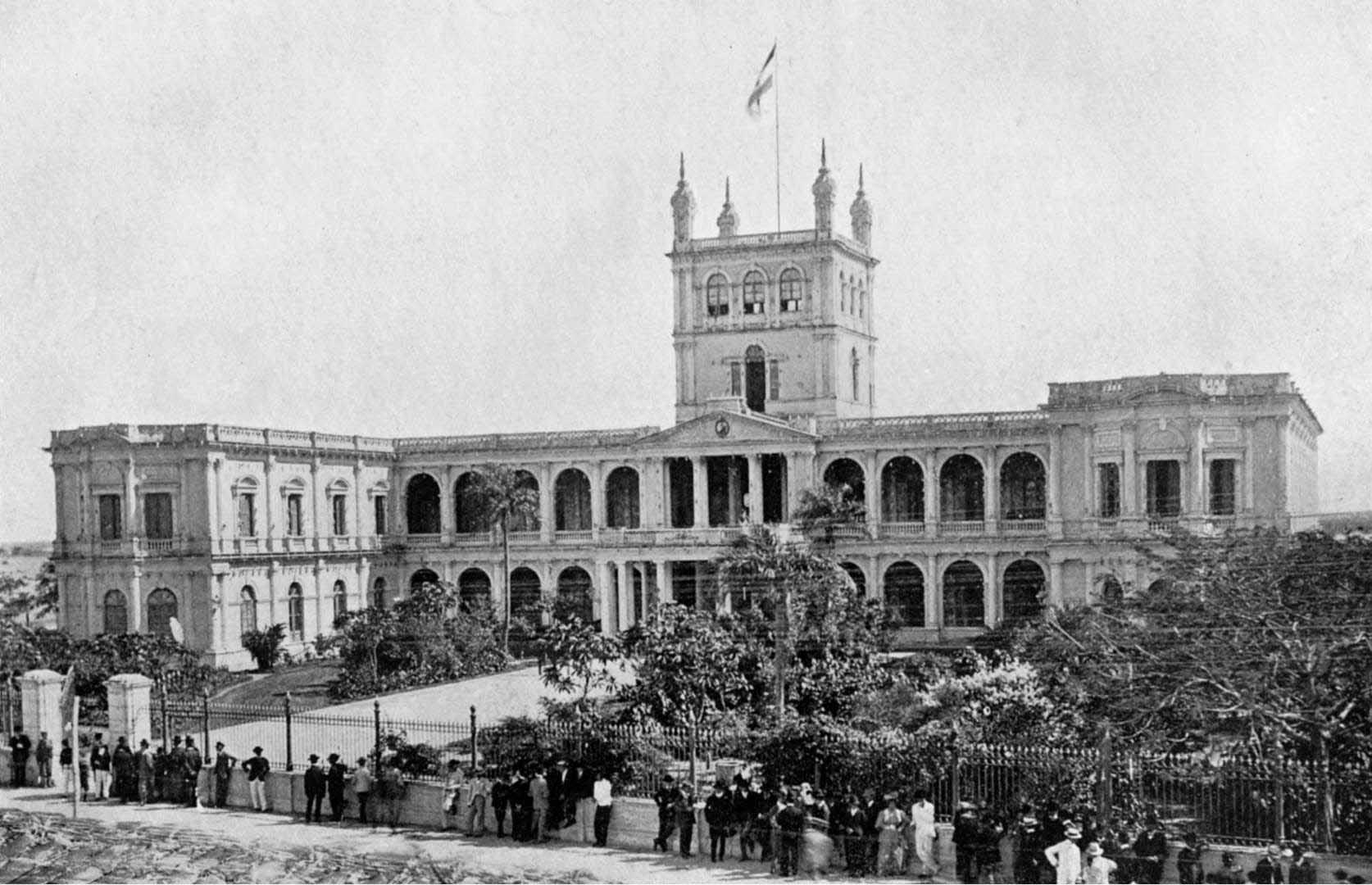
Now: Restored to its former glory, the palace is a landmark of Asuncion and a popular spot for photography, reflecting Paraguay’s tumultuous but enduring history.
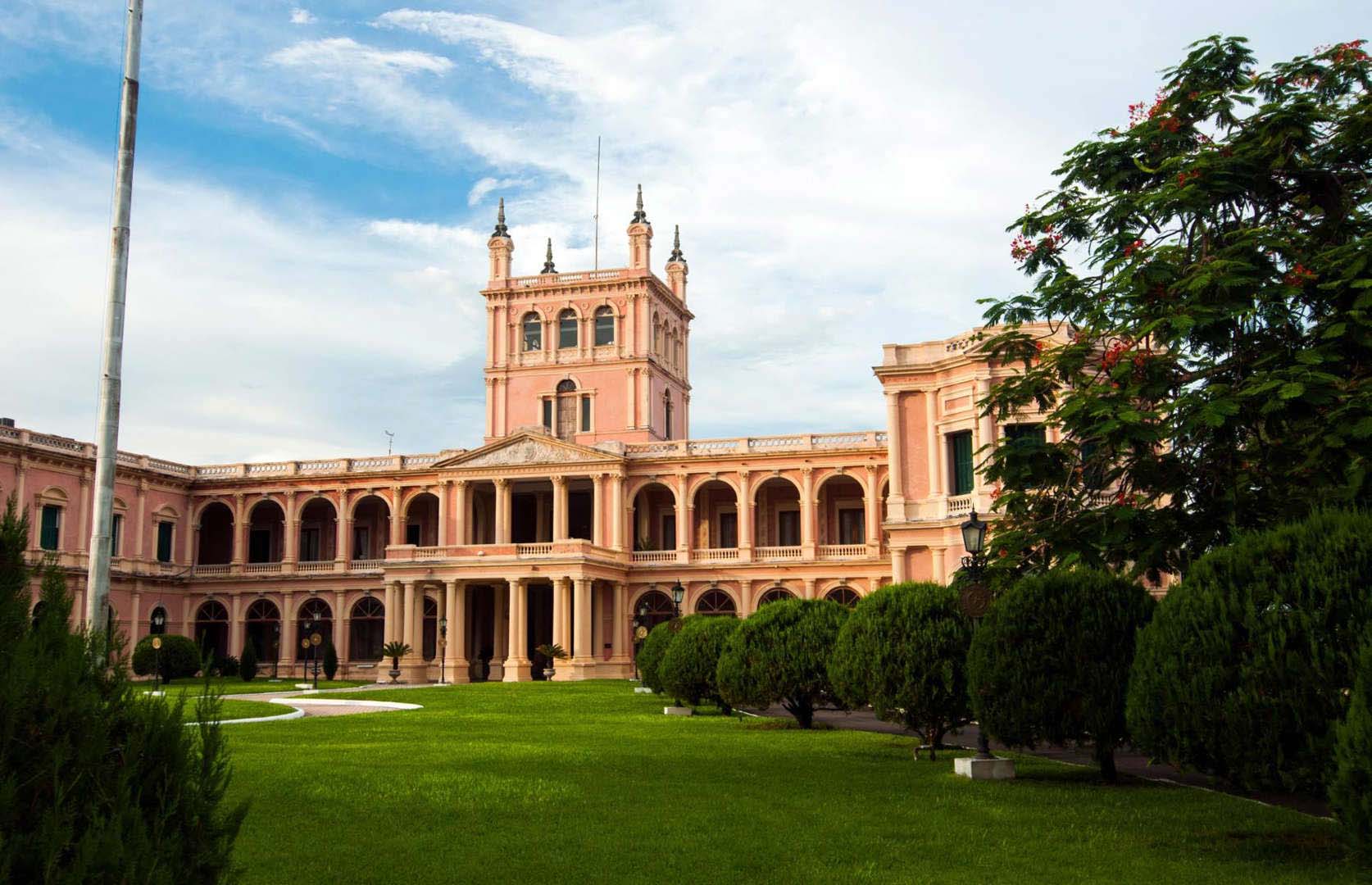
Chichen Itza, Mexico
Then: Founded in the 6th century AD, this Maya city was a key spiritual and political center. A somber 1860 photo shows its ruins long after the Maya declined.
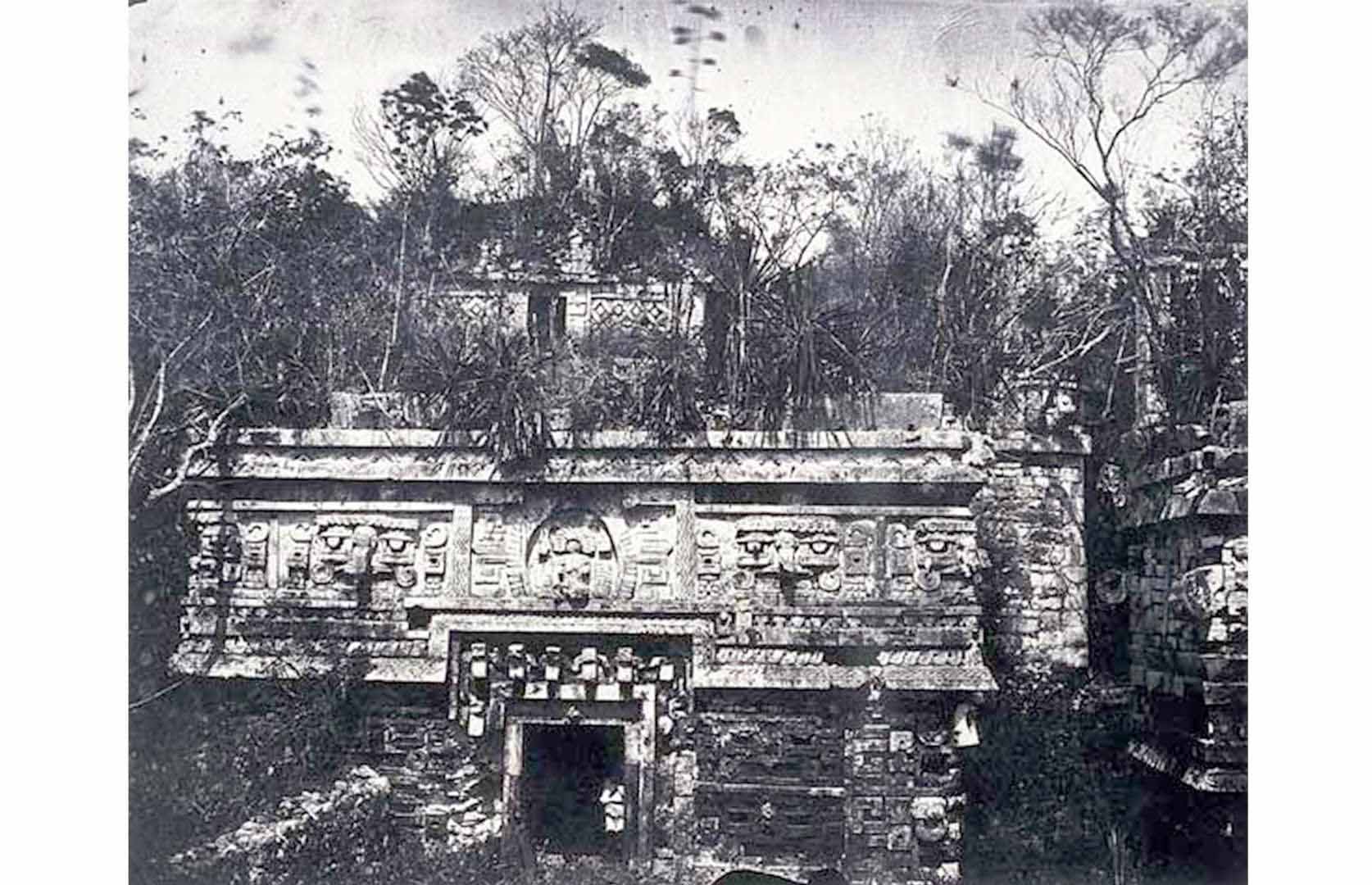
Now: Declared a UNESCO World Heritage Site in 1998 and one of the New Seven Wonders of the World, Chichen Itza draws millions of visitors annually, with ongoing excavations revealing new insights.
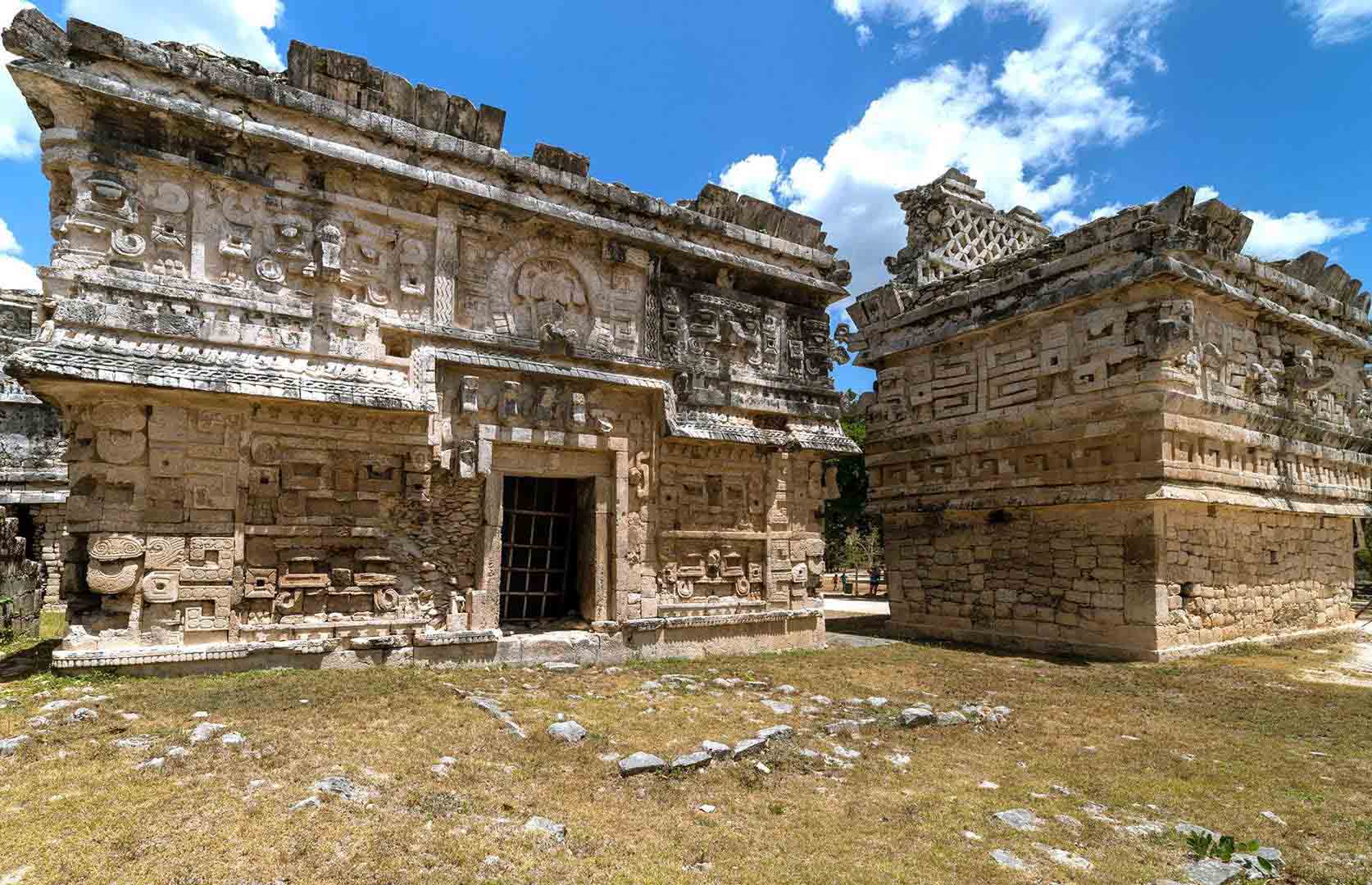
Cerro Rico, Potosi, Bolivia
Then: Known as the "mountain that eats men," Cerro Rico became infamous for its silver mines, which fueled Spanish wealth at the cost of millions of lives. A 1895 photo captures its towering presence over Potosi.
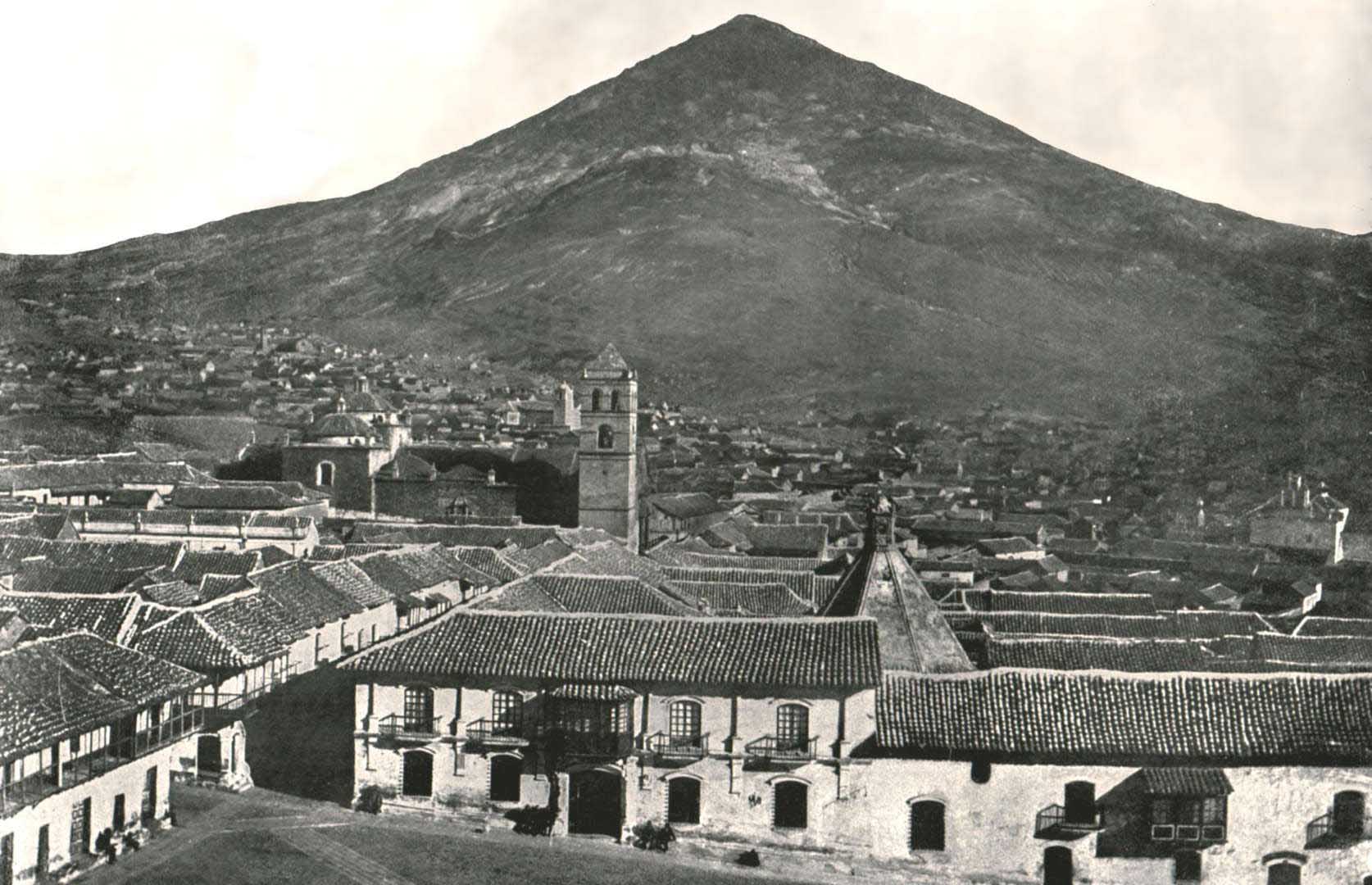
Now: Despite its decline, Potosi is a UNESCO World Heritage Site. However, the mountain's instability from centuries of mining raises fears of its eventual collapse.
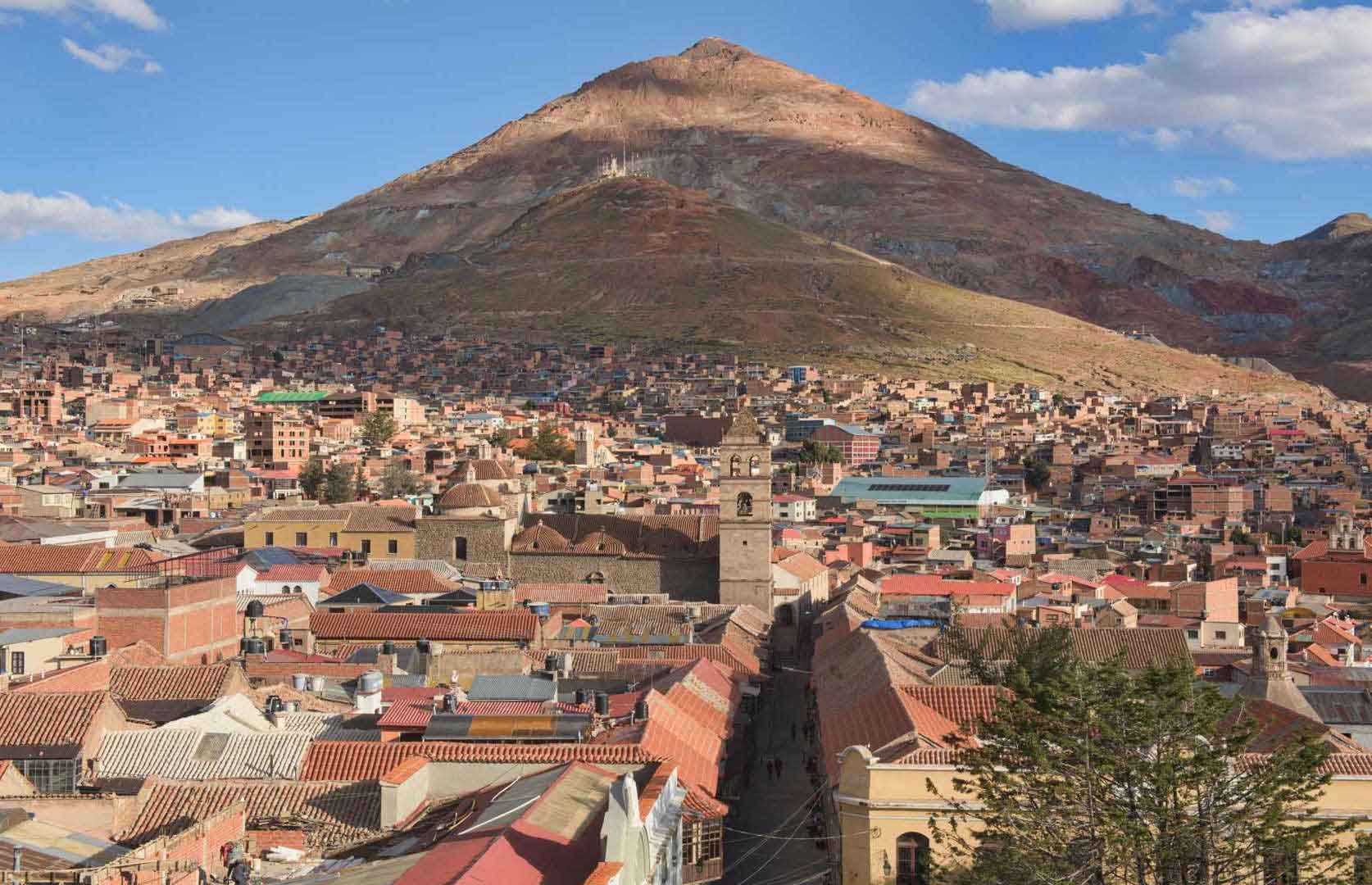
Playa de los Pocitos, Montevideo, Uruguay
Then: This urban beach on the Rio de la Plata has been a favorite destination since the early 20th century. A 1920s photo captures its crescent-shaped shores bustling with visitors.
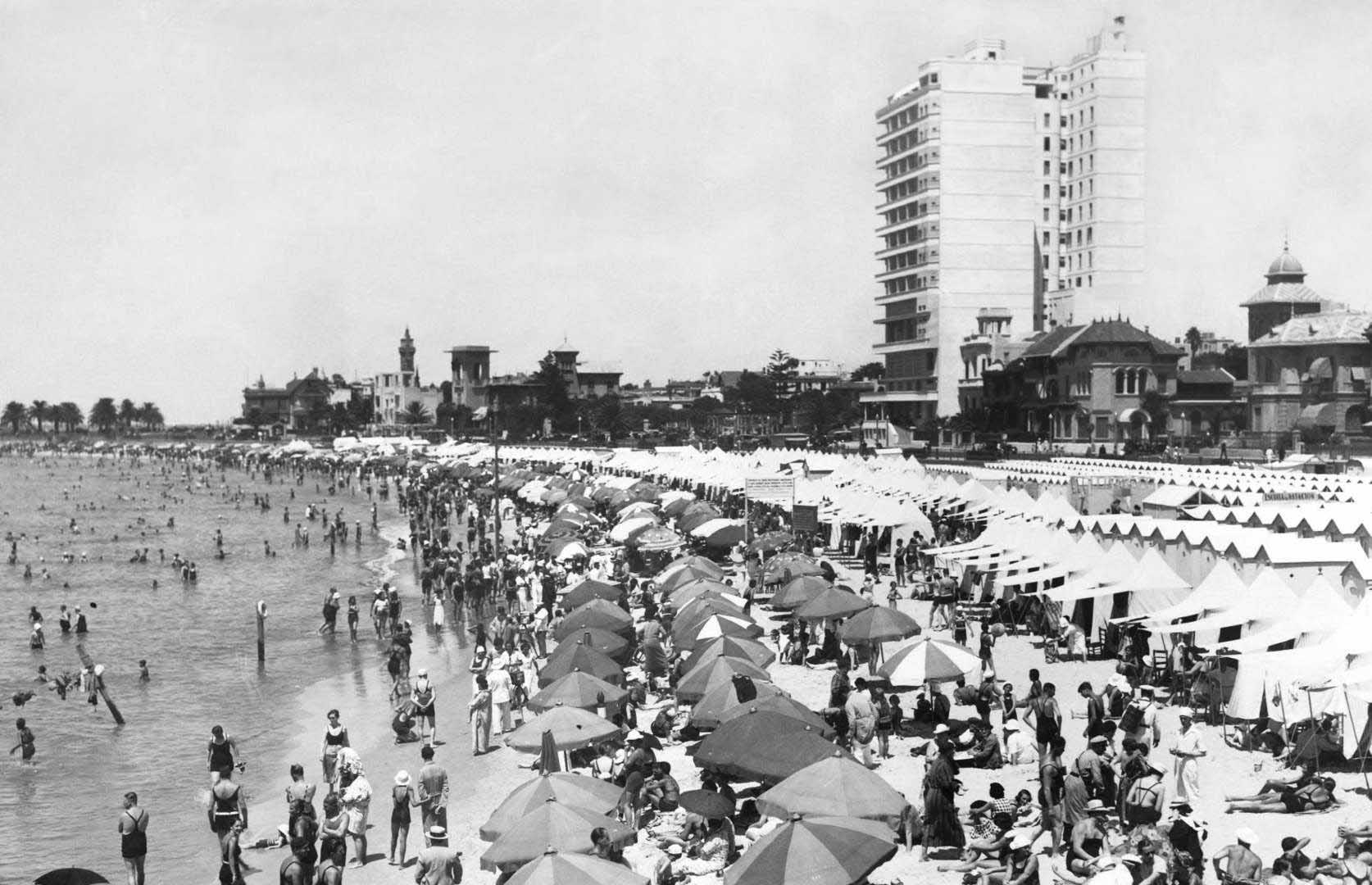
Now: Lined with modern high-rises, Pocitos is an upmarket area where locals and tourists enjoy swimming, promenade walks, and vibrant cafés.
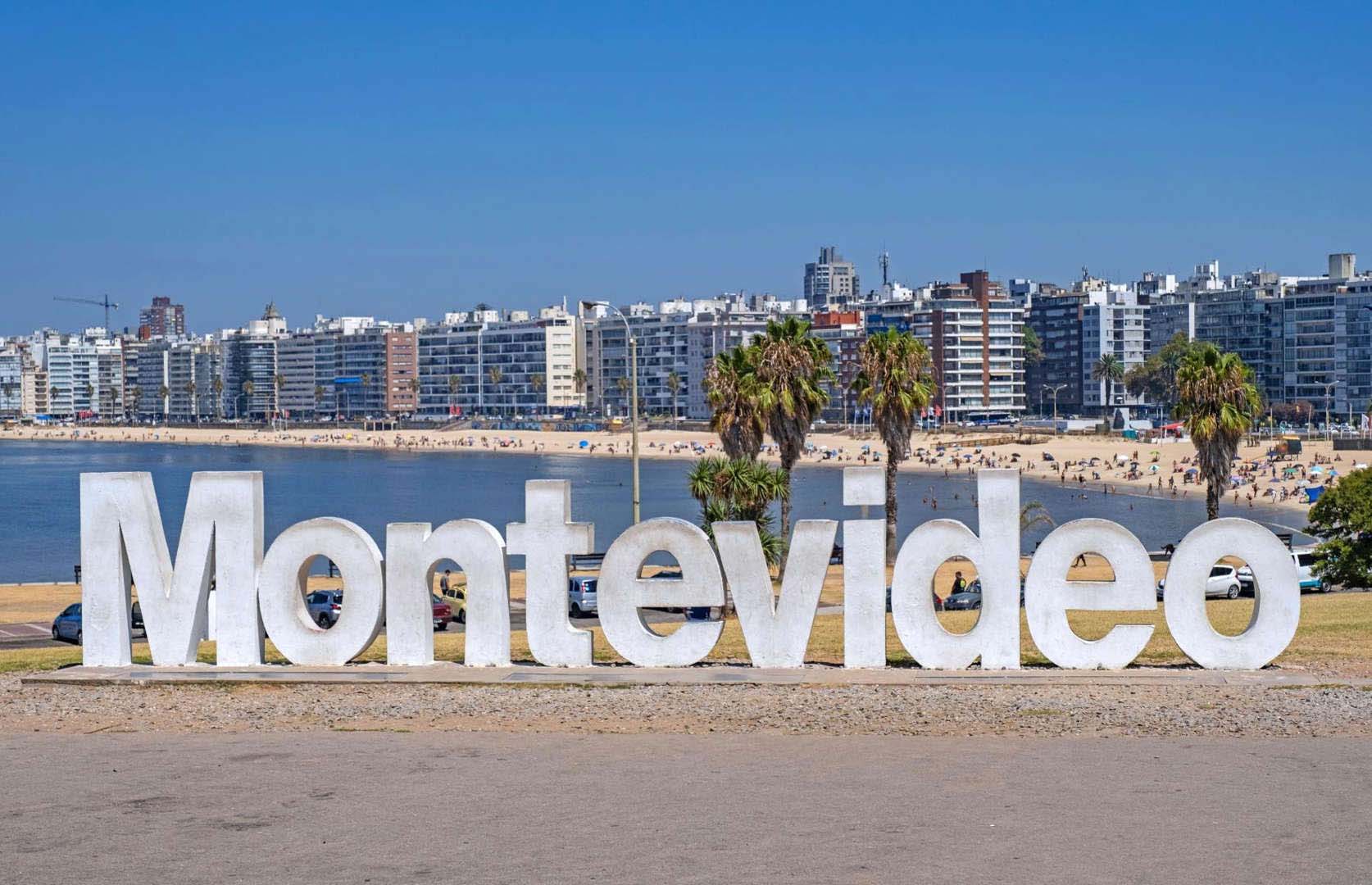
Christ the Redeemer, Rio de Janeiro, Brazil
Then: Completed in 1931, this colossal Art Deco statue was under construction for nine years. A 1931 photo shows the scaffolding still in place before its grand unveiling.

Now: A symbol of Brazil, Christ the Redeemer has undergone multiple renovations and now features escalators and panoramic elevators, making it more accessible to visitors.
Mexico City Metropolitan Cathedral, Mexico City, Mexico
Then: Completed in 1813 after 250 years of construction, the cathedral incorporated Gothic, Baroque, and Neoclassical styles. A 1895 photo shows its grandeur dominating the Zócalo.
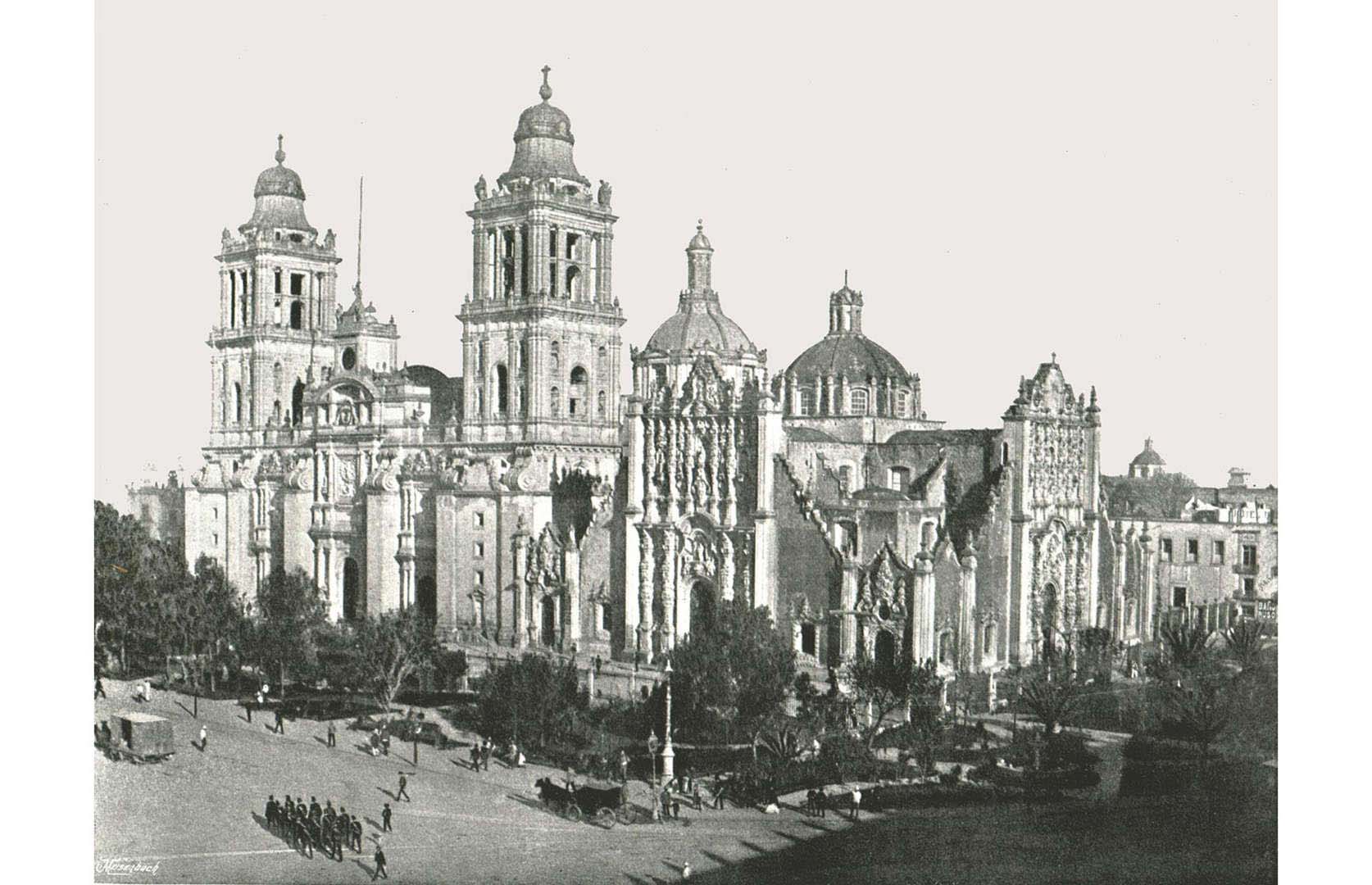
Now: The cathedral remains an iconic landmark, welcoming visitors to its richly decorated chapels and gilded altars, while still hosting regular masses.
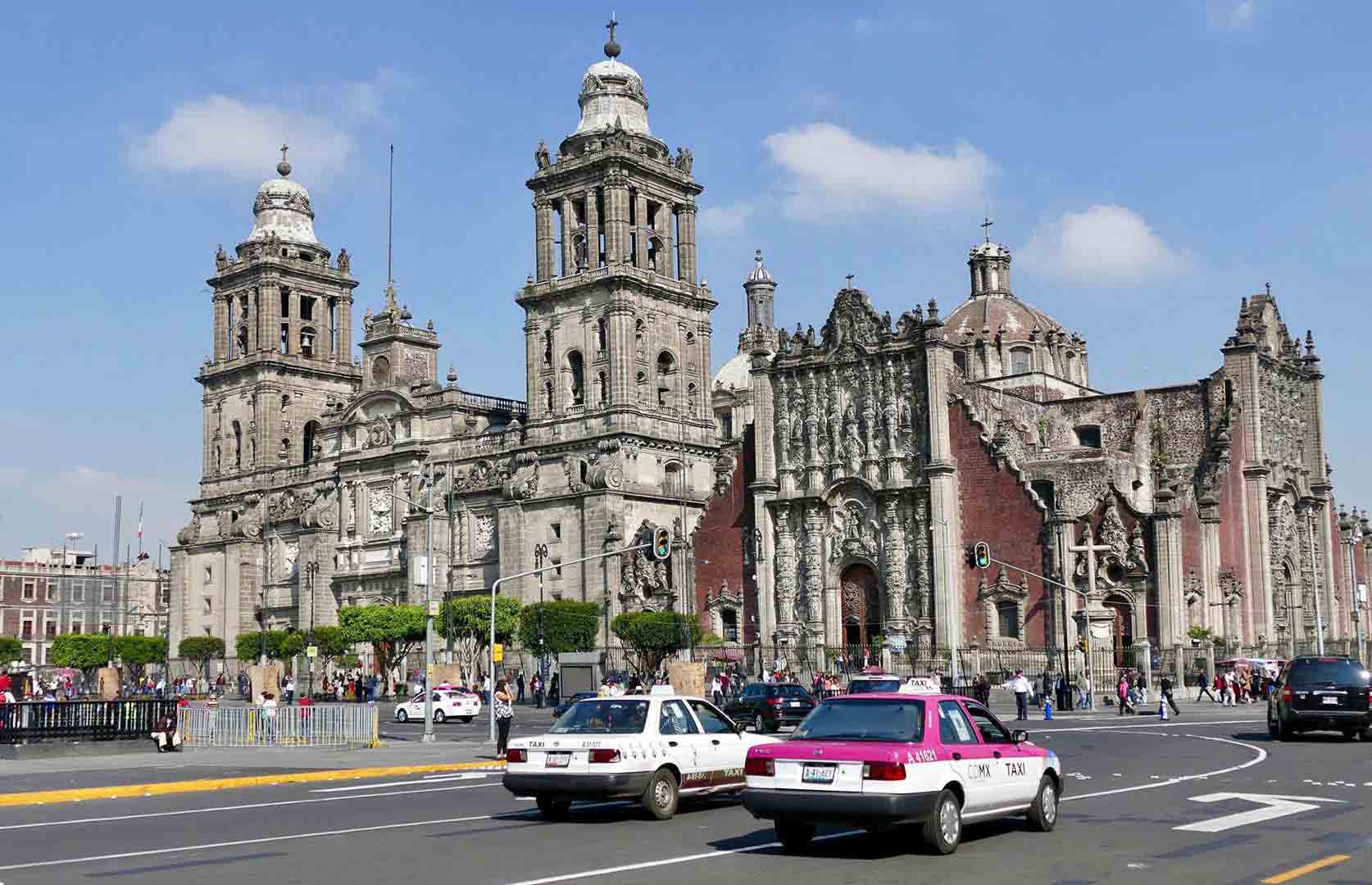
Copacabana Beach, Rio de Janeiro, Brazil
Then: A hub for sun-seekers, this iconic beach has drawn crowds since the early 20th century. A 1939 photo shows swimmers and sunbathers enjoying its golden sands.
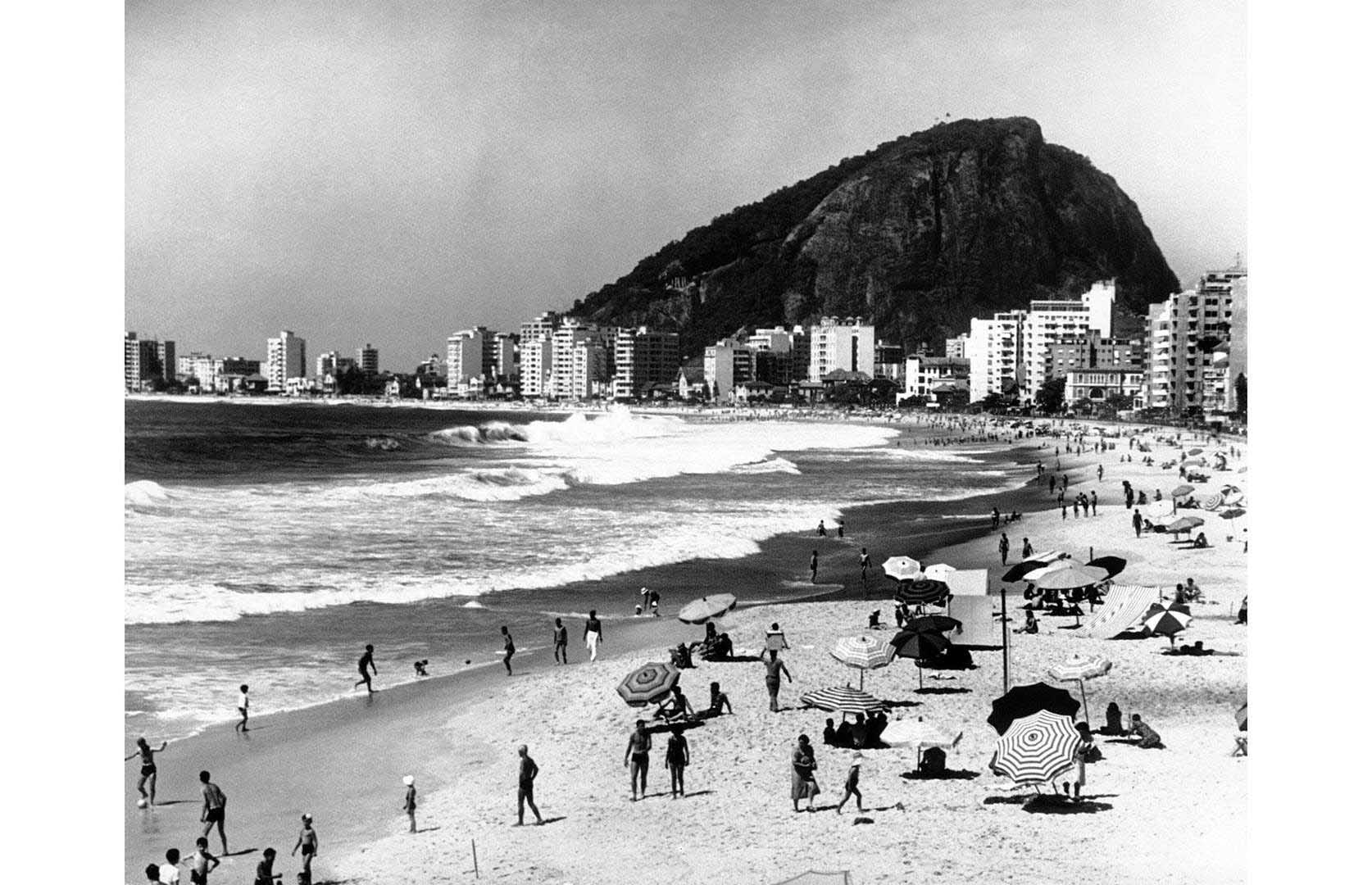
Now: Copacabana remains vibrant, with its wavy mosaic promenade, bustling nightlife, and towering cityscape, making it one of the liveliest neighborhoods in South America.
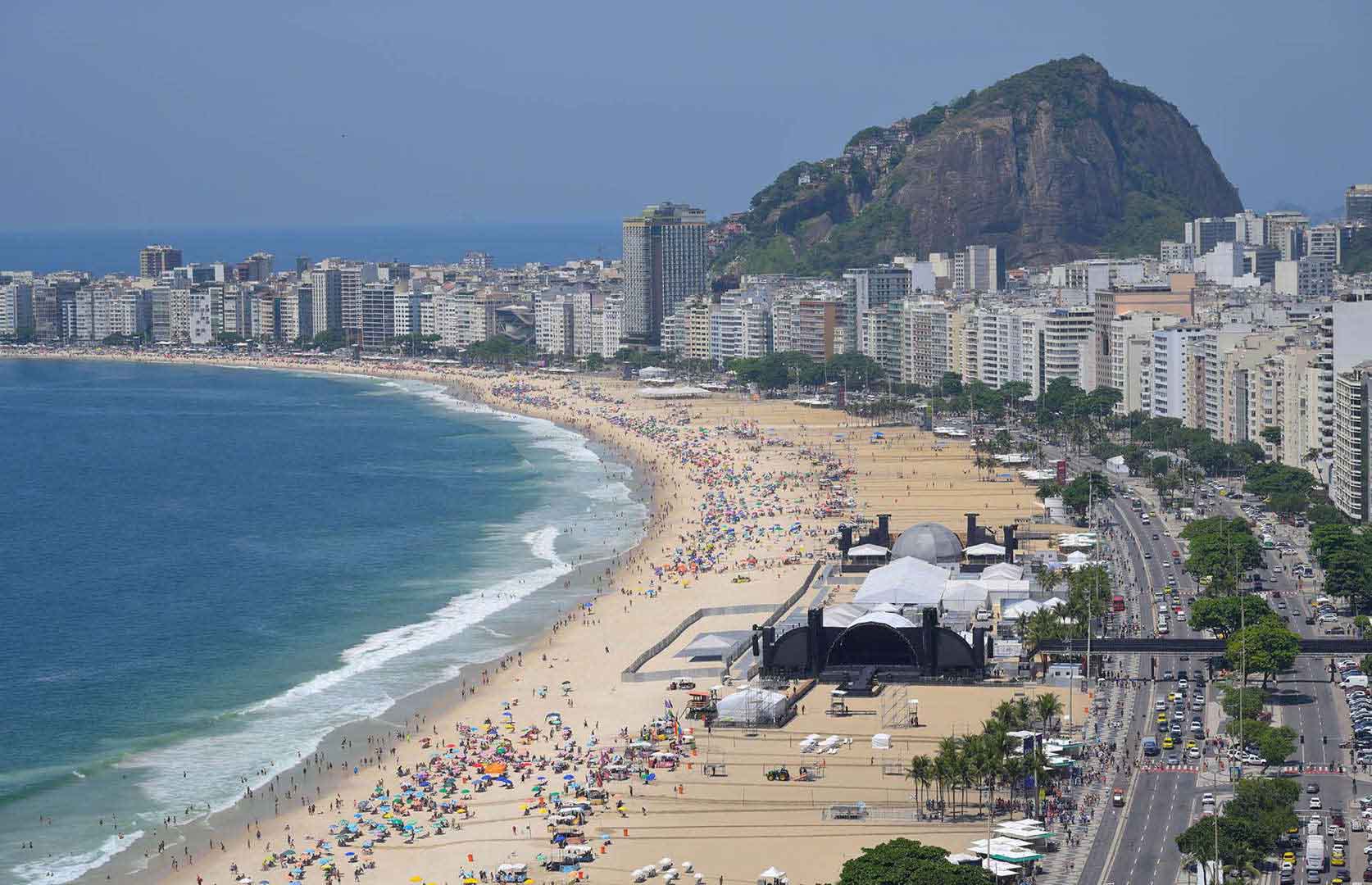
From ancient ruins to modern marvels, these landmarks tell stories of cultural resilience, natural beauty, and the challenges of preservation in an ever-changing world.
